Glass cabinets and containers displaying rows of human skulls and bones, a haunting visual that serves as a memorial and a reminder of the atrocities that occurred in Cambodia’s darkest era in history and how it affects the country today…
In 1975, the Khmer Rouge took power in Cambodia and led by their leader, Pol Pot, they sought to turn Cambodia into a purely agrarian state (or a country completely self-sufficient in farming and agriculture). Under the regime, two million people, a quarter of the population at the time, were executed or died from starvation or illness. People of intellect and skill such as teachers, doctors, lawyers, scientists, and artists were viewed as threats to the extremist ideology and immediately killed off. This left a major void for Cambodia’s development after the regime fell in 1979, as mostly low-skilled workers were what remained of the population and a contributing factor of the slow rebuild of the country.
We visited the Tuol Sleng Genocide Museum in Phnom Penh that chronicles the period of the Khmer Rouge’s reign of terror. Formerly a high school, it was converted into a prison named “Security Prison 21” (nicknamed S-21). This site was literally a hell on Earth. At least 1000 prisoners would be crammed into the small rooms at one time and chained to the floor. The people could barely eat or drink, had to use the rooms as bathrooms, would be lucky to receive one or two showers a month, and could not speak to each other without risking getting killed. Prisoners were interrogated by the guards through the means of extreme torture including electrocution, whipping, breaking bones, waterboarding, and more. Even if a person had survived the interrogation, they would ultimately be sent to the Killing Fields to be executed.
From 1975 to 1979, an estimated 17,000 people went through Tuol Sleng. Only 7 of them survived.
From the outside, beyond the barbed wires, Tuol Sleng looks like an ordinary school. On the inside was a more solemn scene, as former classrooms were converted into prison cells and interrogation rooms, and graphic images or photos depicting the torture or death. Rooms contained thousands of photos of prisoners (dead and alive) that were photographed during processing and serve as the lasting memories of the people that were lost. Many of the victims were children and teenagers.
Throughout the entire visit, I felt overwhelmed with sadness, confusion, and anger. I questioned why and how this could have happened, why humanity allowed this to happen. Even after learning the history, it’s still difficult to grasp.
Of the 7 that survived Tuol Sleng, only 3 remain alive today. We met two of them, Chum Mey and Bou Meng. They were able to survive since they had skills valuable to the regime, but both tragically lost their families. Today they tell their heroic stories of survival and continue to seek justice against those who participated in the genocide. We bought and read their books, which were chilling yet remarkable tales of survival.
Reading the books showed how horrible the regime was. I had thought the people that conducted the interrogations at Tuol Sleng were just terrible people. However, many of the guards were only following orders to get confessions from the prisoners for their superiors. Some of them were just teenagers not really knowing why or what they were doing. If they didn’t get a confession, they themselves could also be executed. It just shows what the power of fear can do to any individual.
It’s been 37 years since Cambodia was freed from the Khmer Rouge, yet its devastation is still seen throughout the country. The effects are long-lasting as the country continues to rebuild. It’s unfathomable that events like this in human history have occurred, but even today these things are still happening. We can only continue to learn from history and hope for a better future.
You can see all of the images below.
Linger Abroad with us!
Subscribe to get our latest content by email. Just travel, no spam.


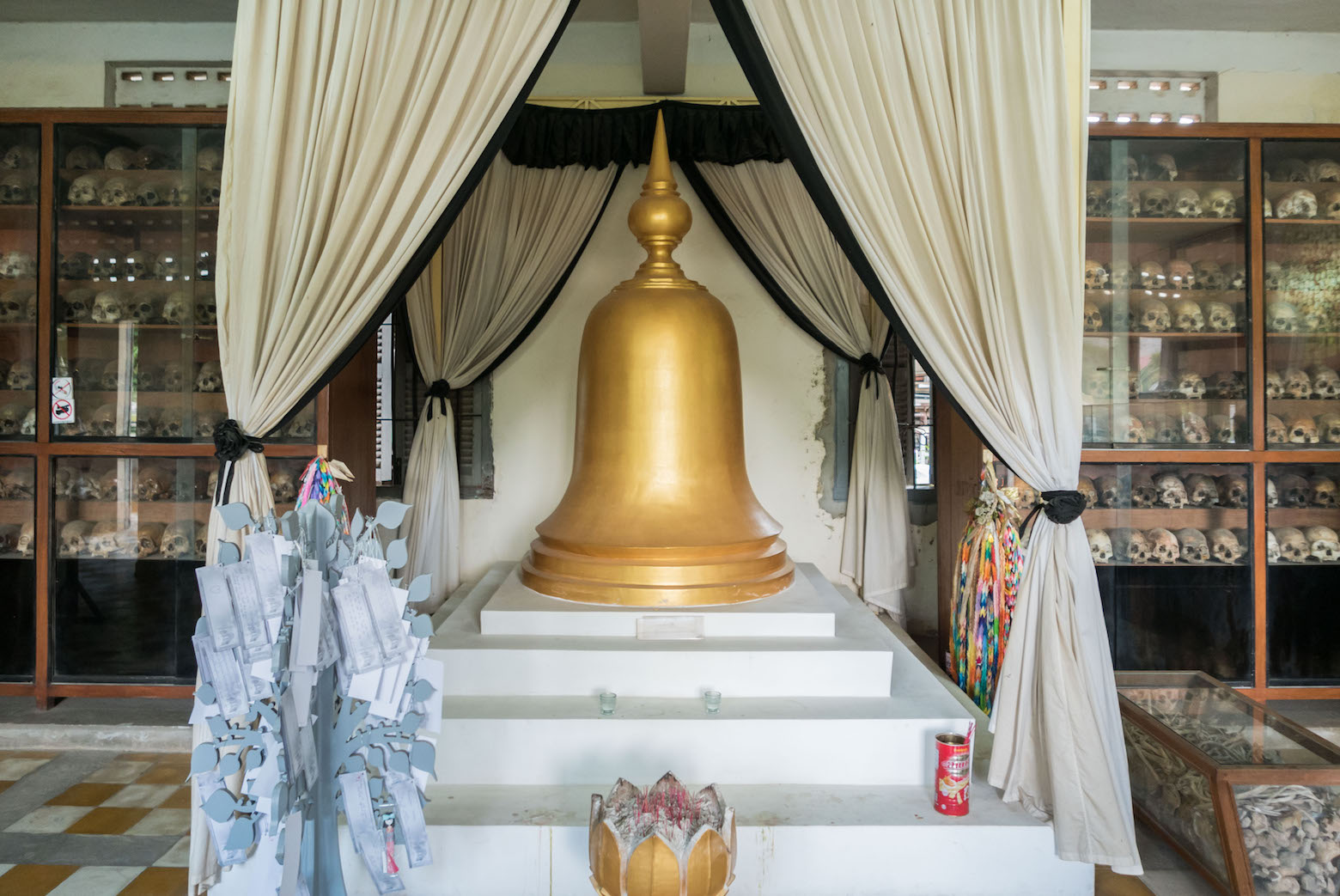
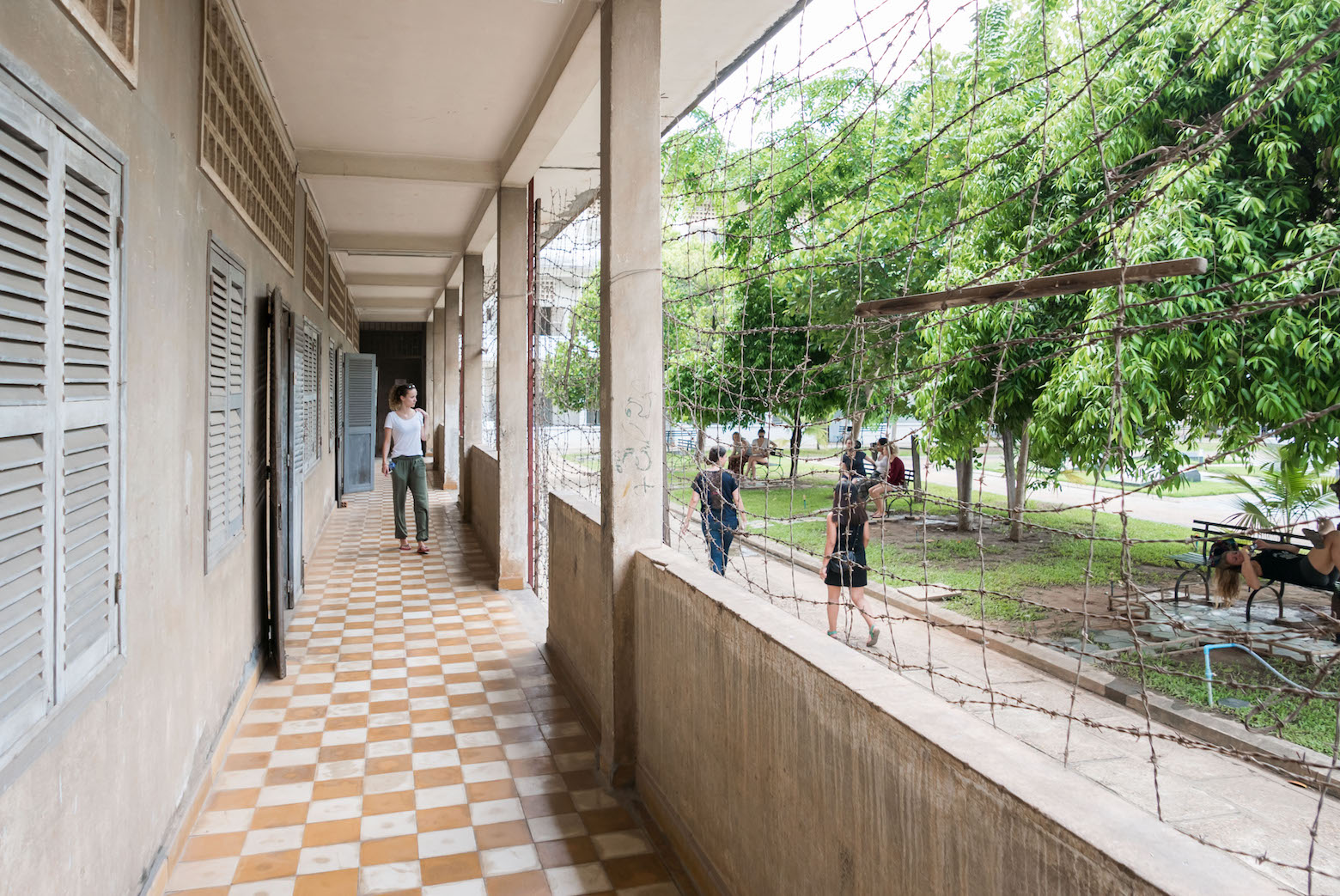
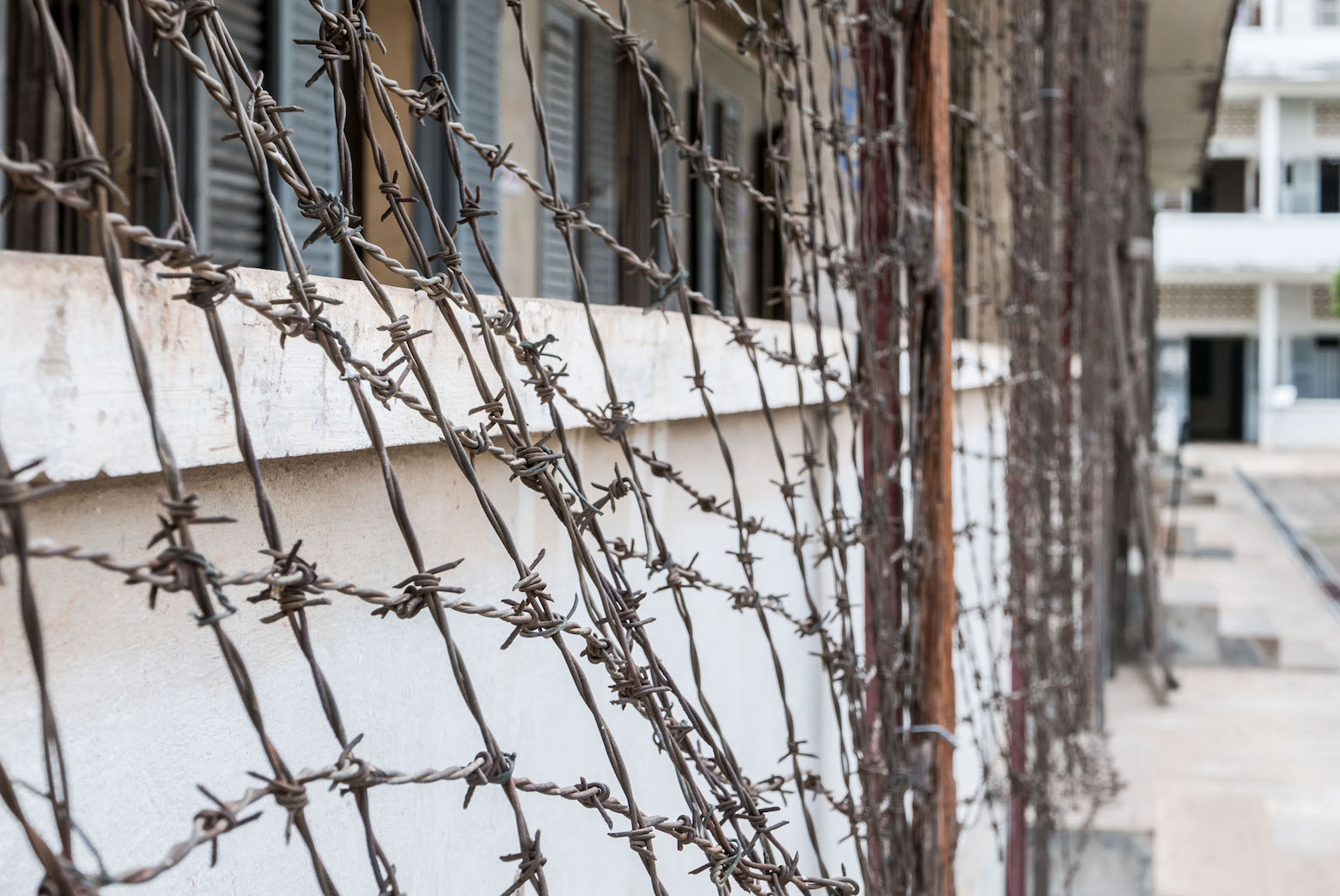
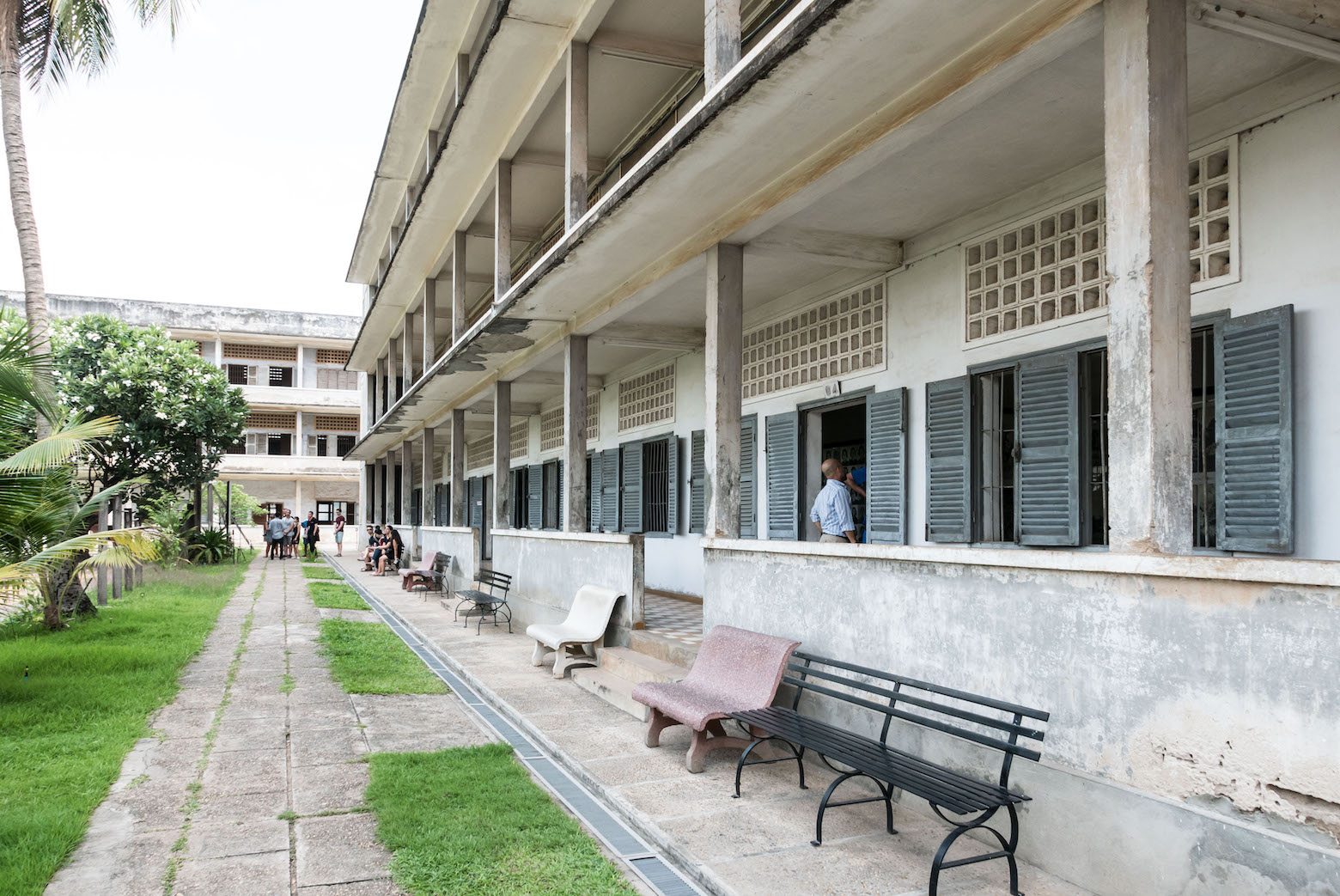
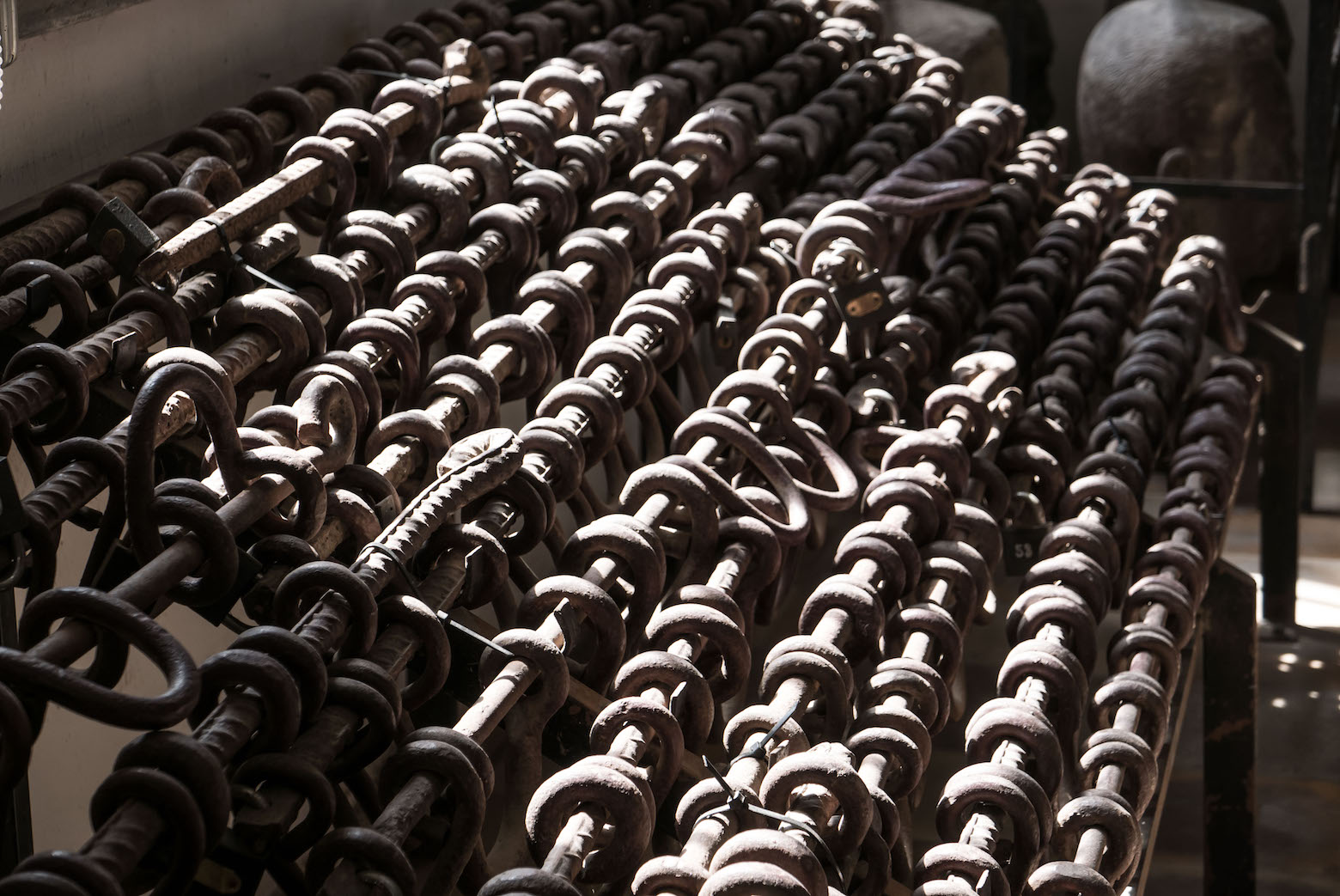
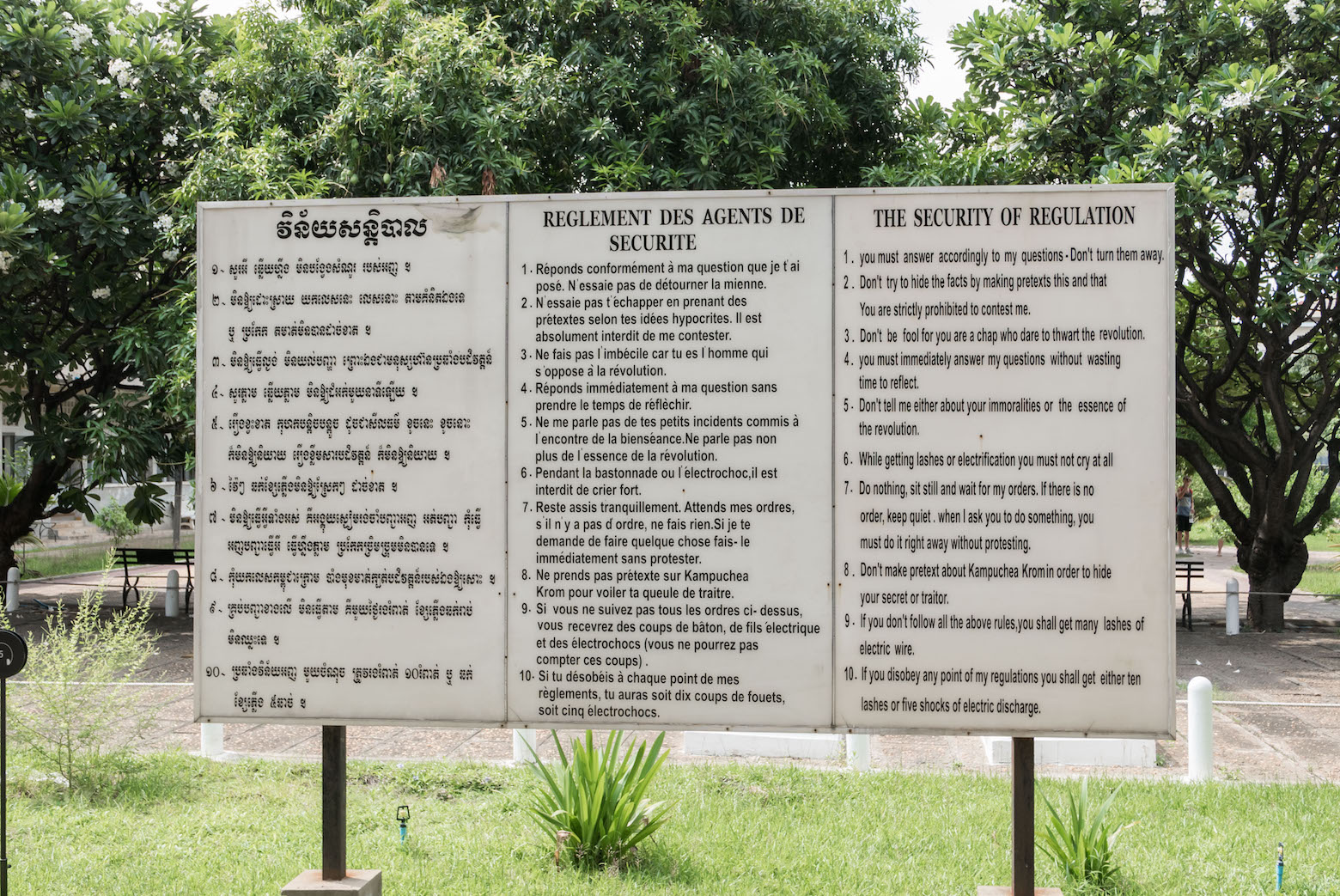
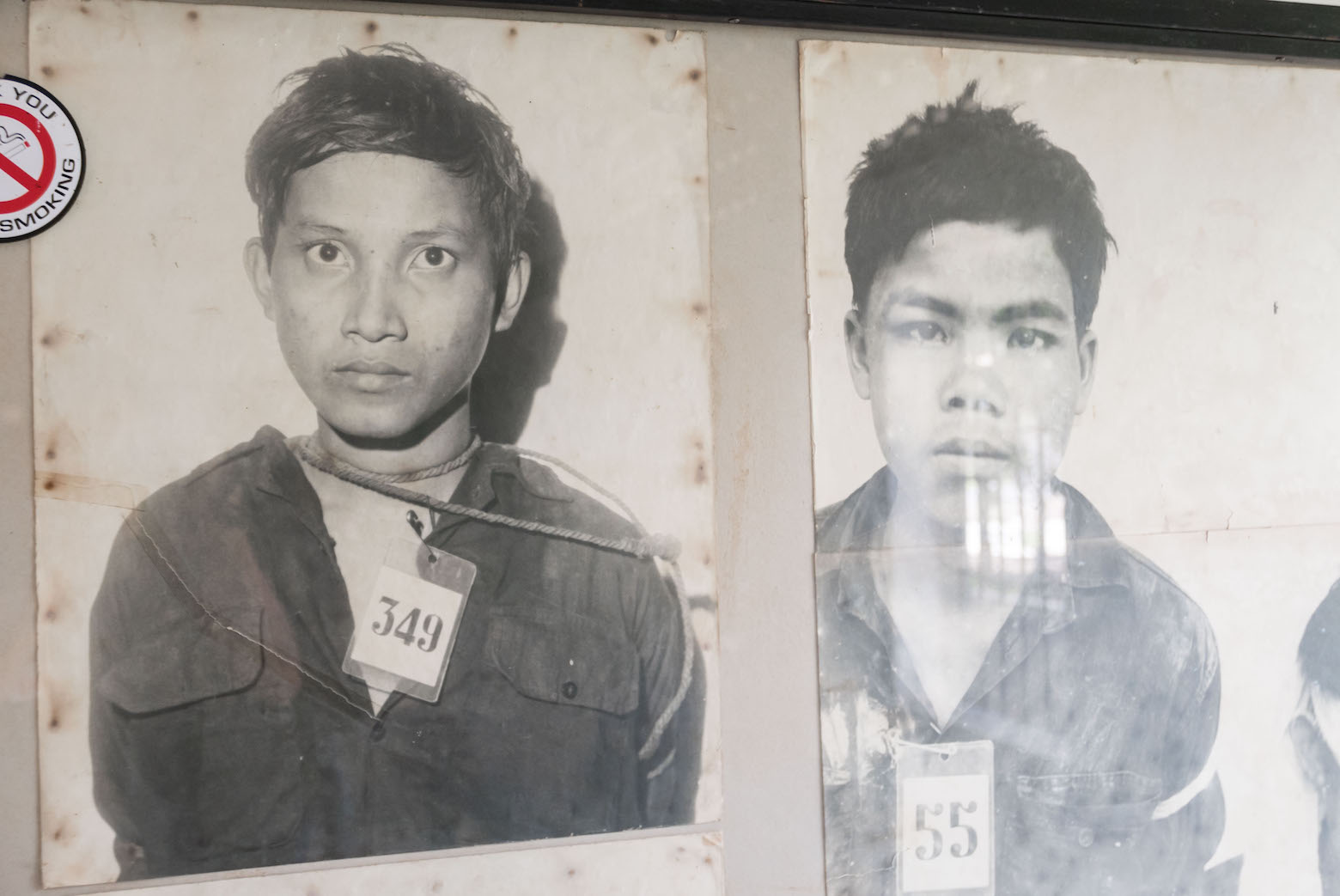
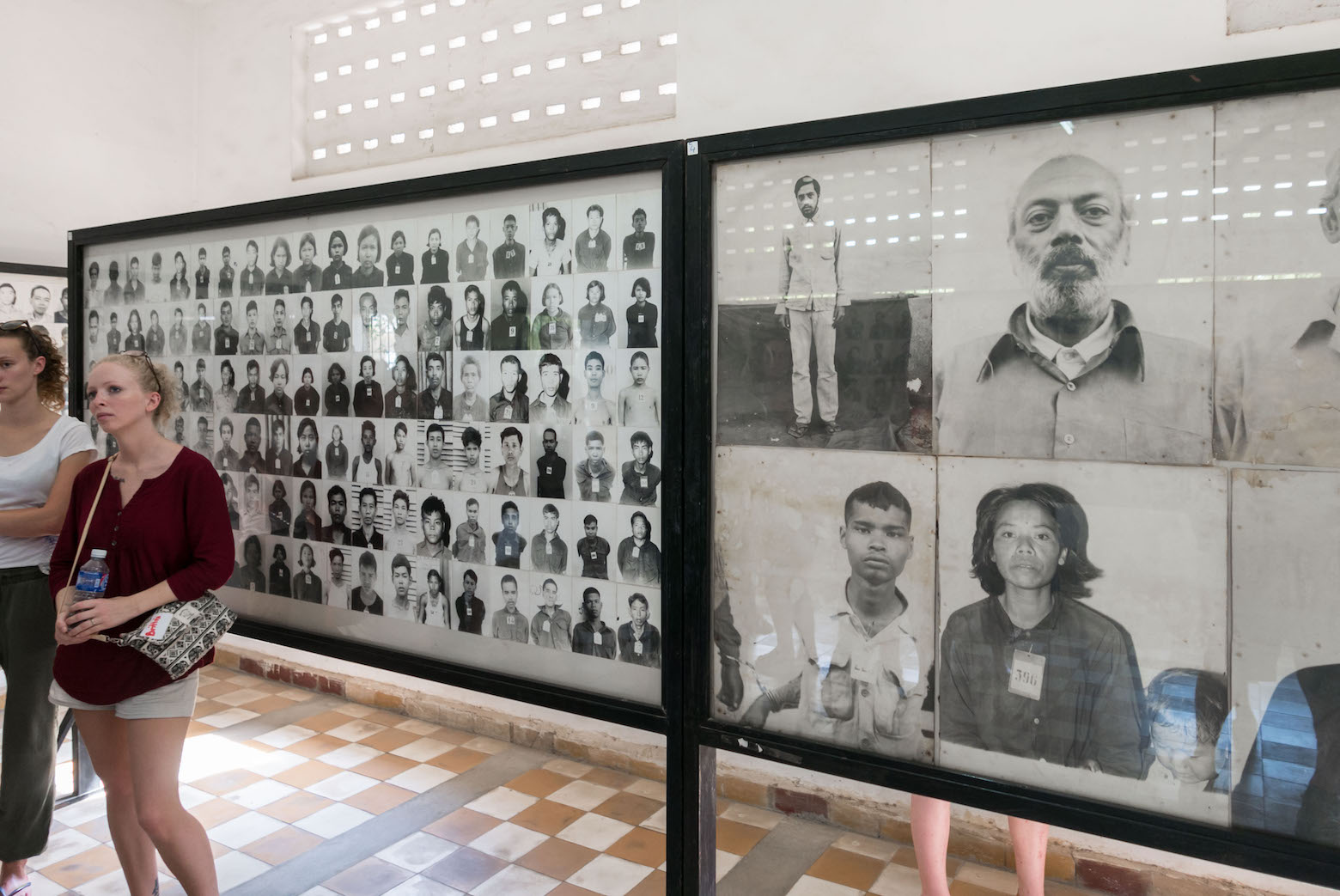
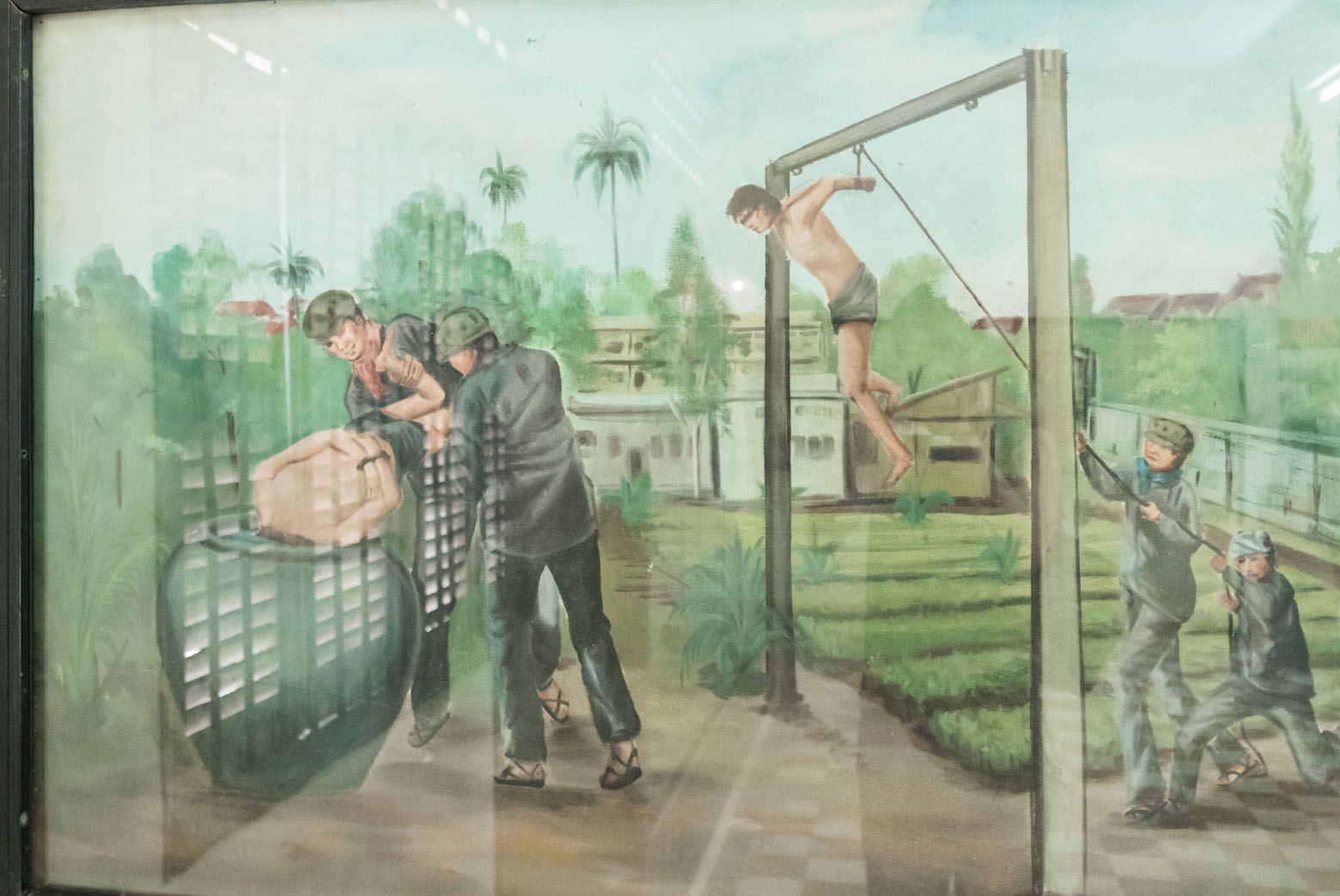
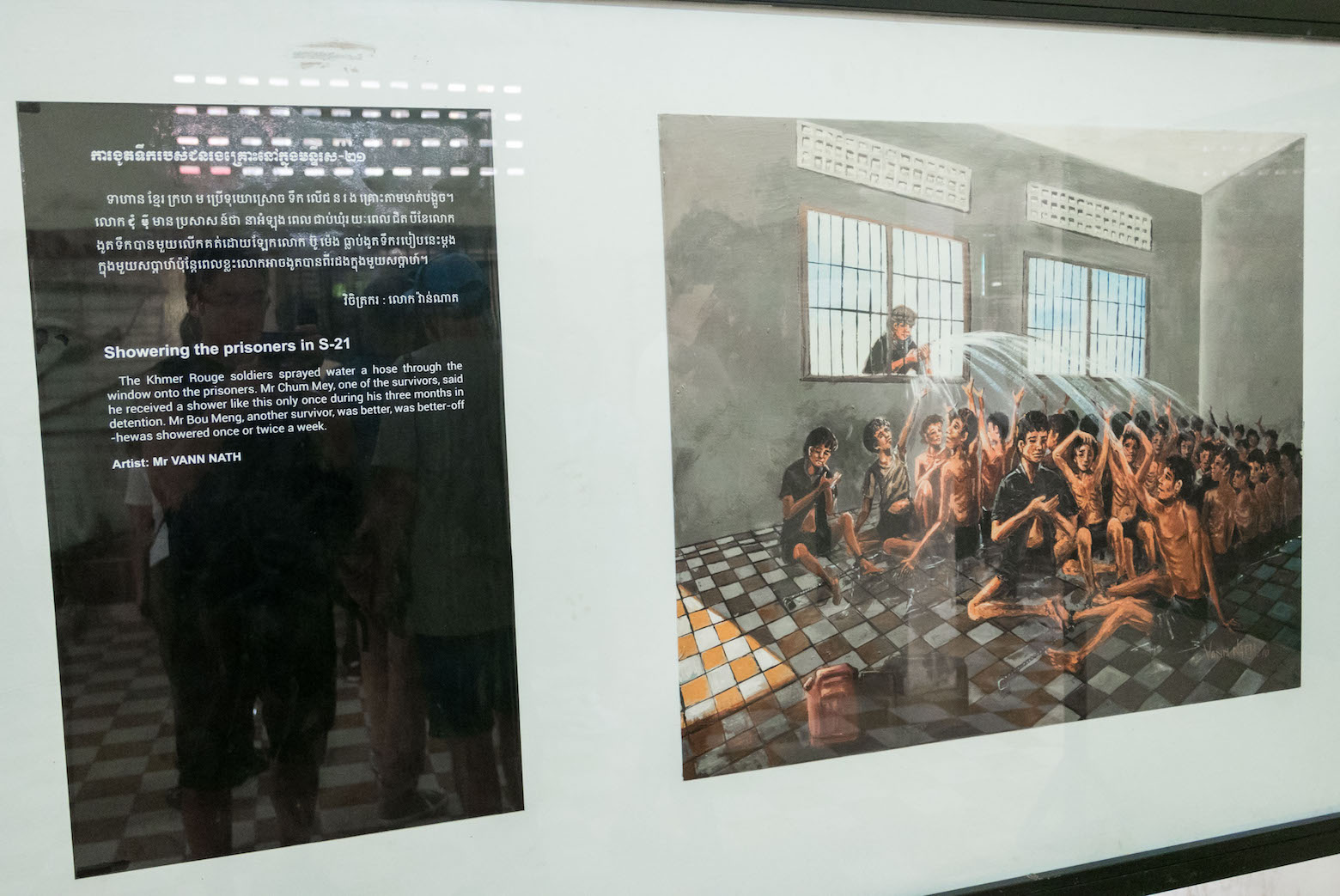
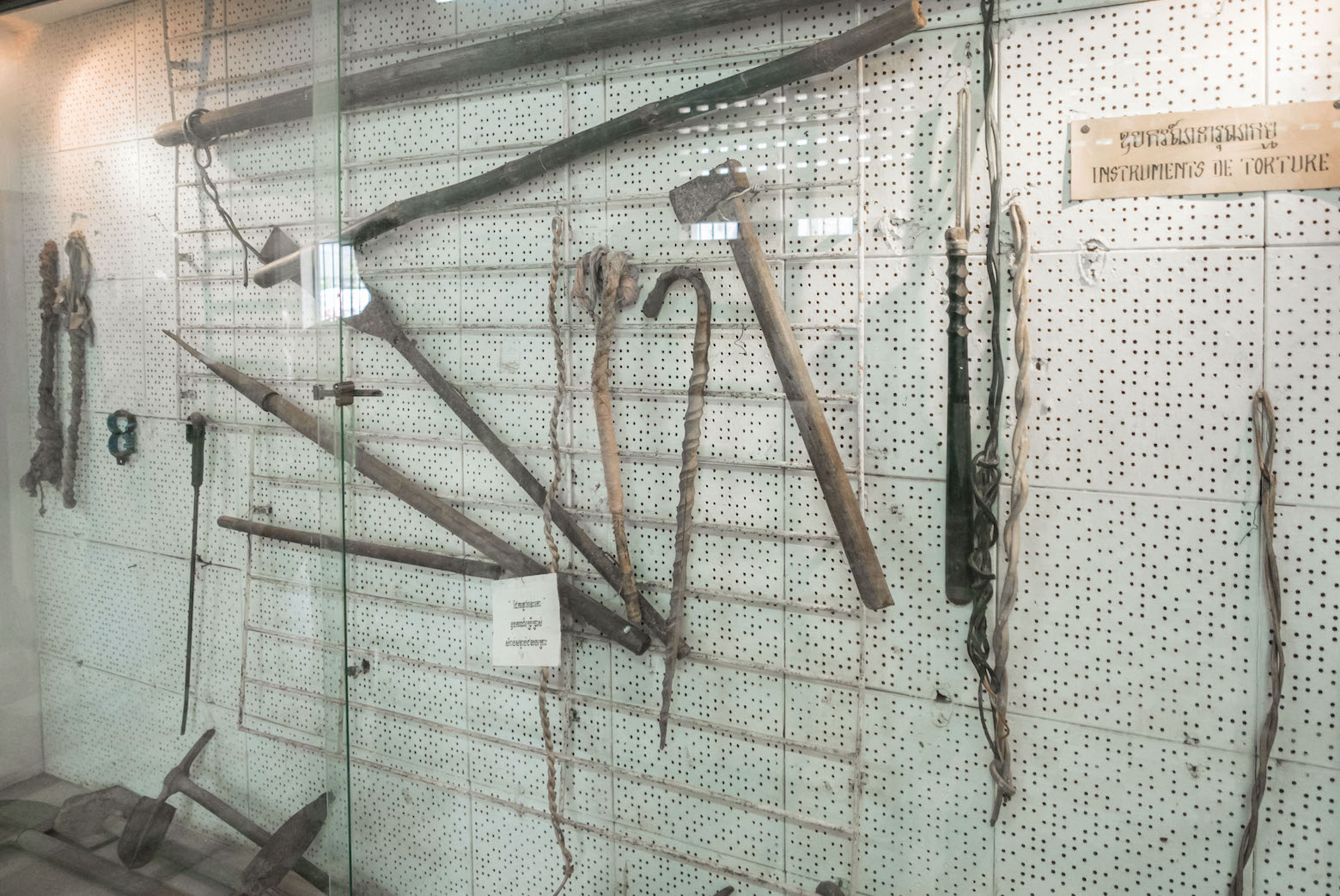
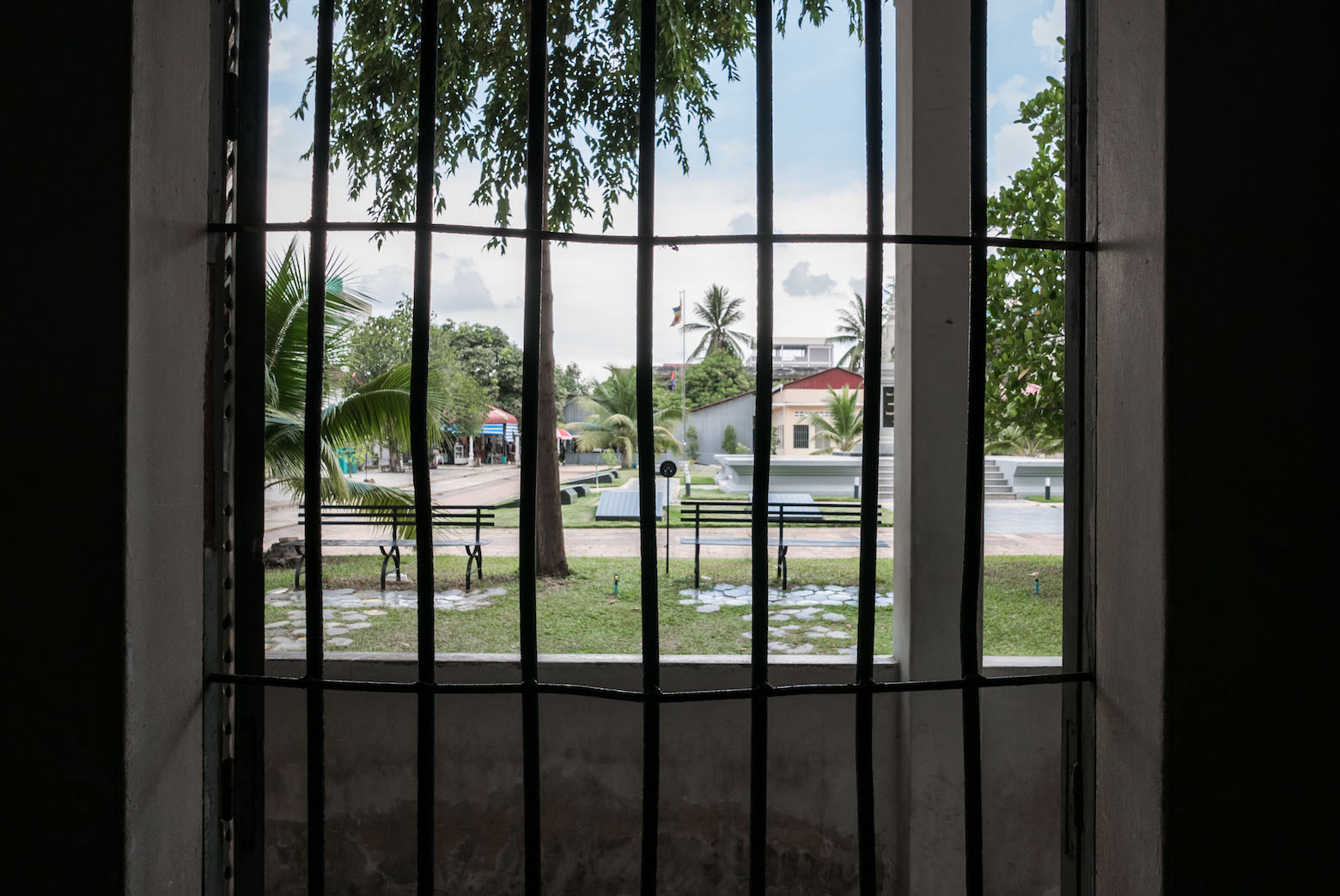
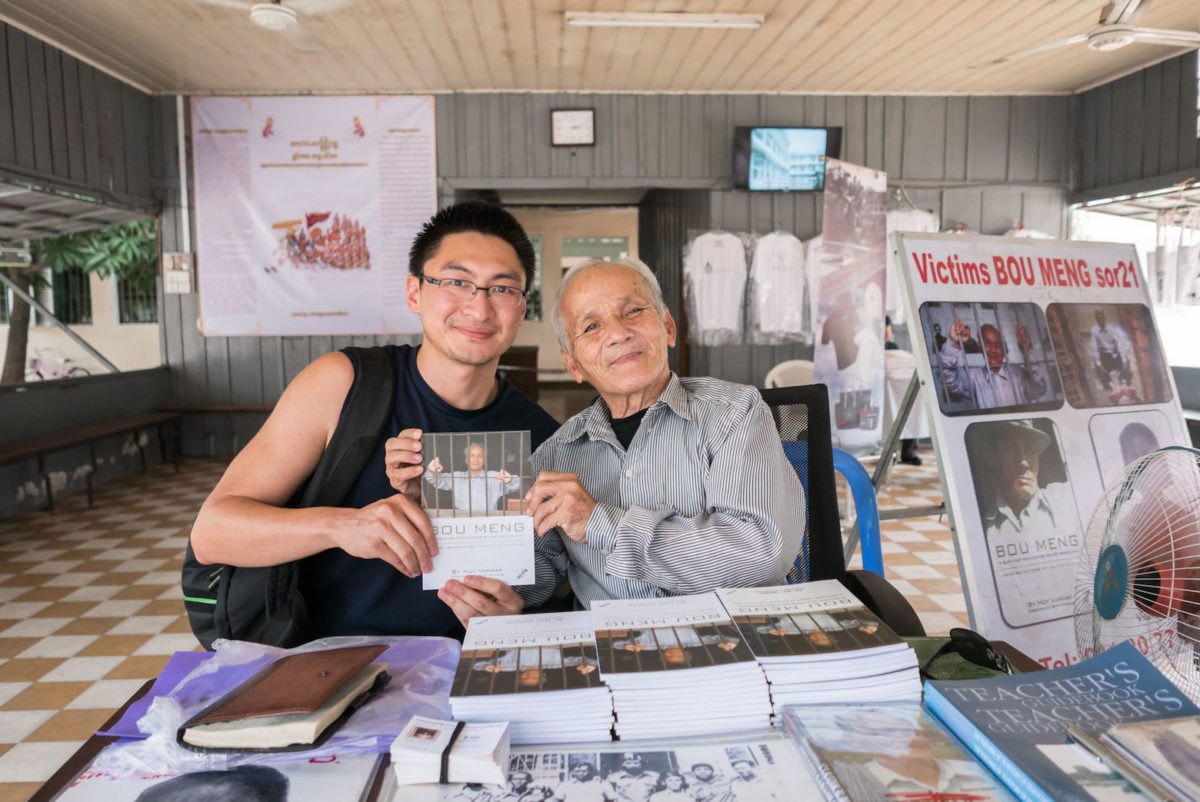
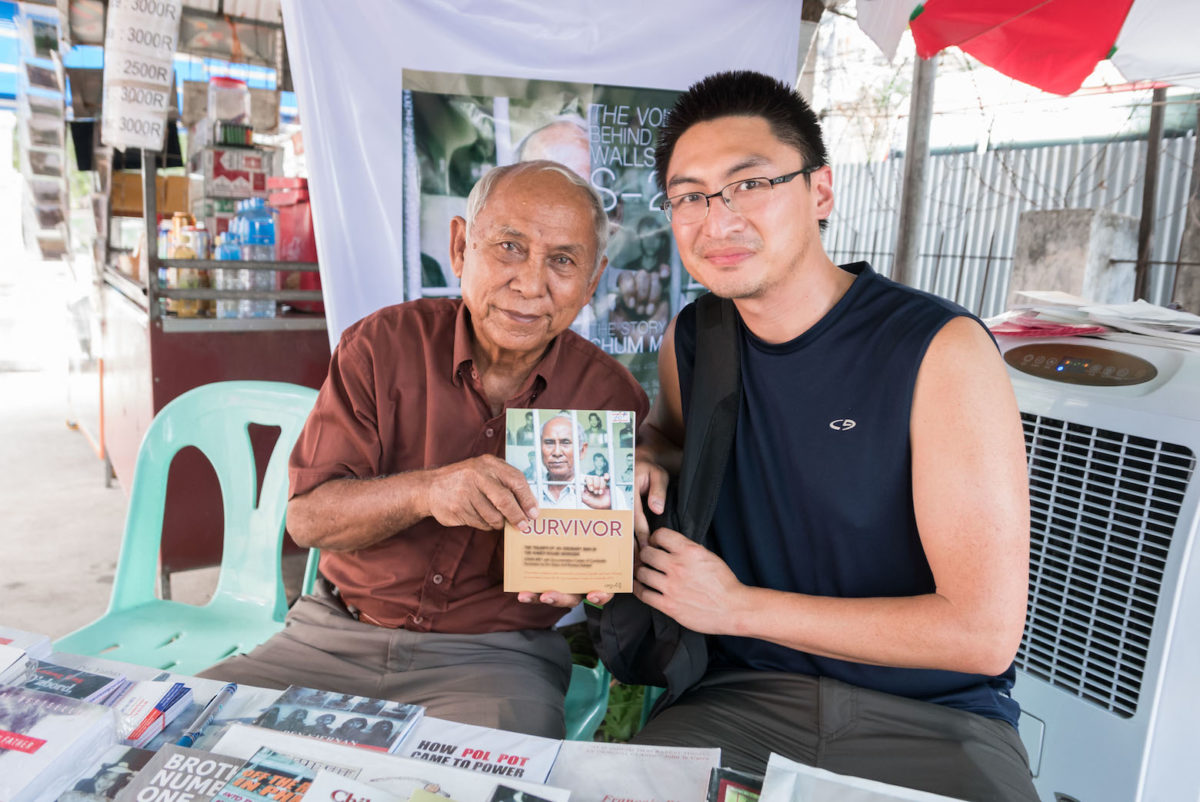
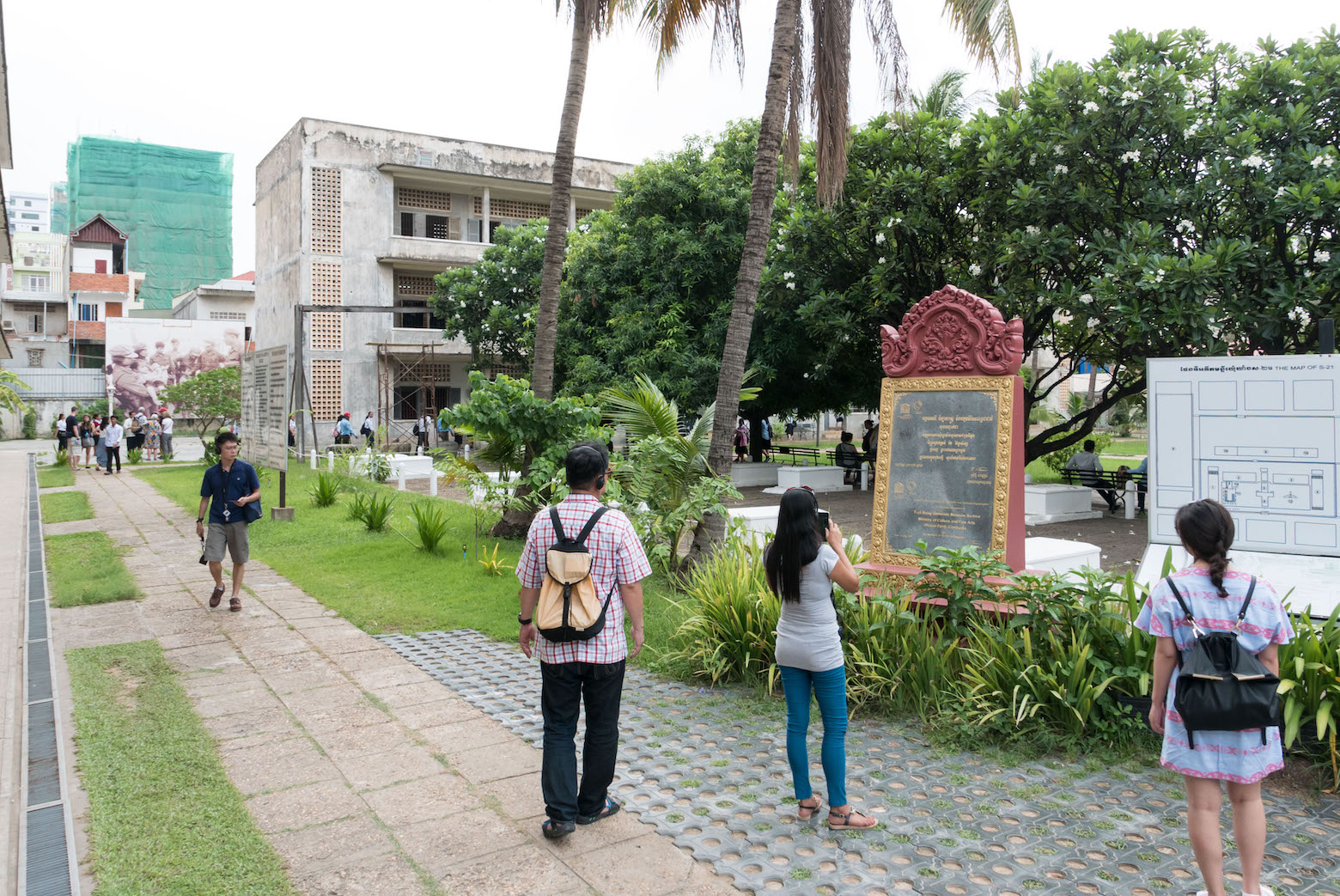
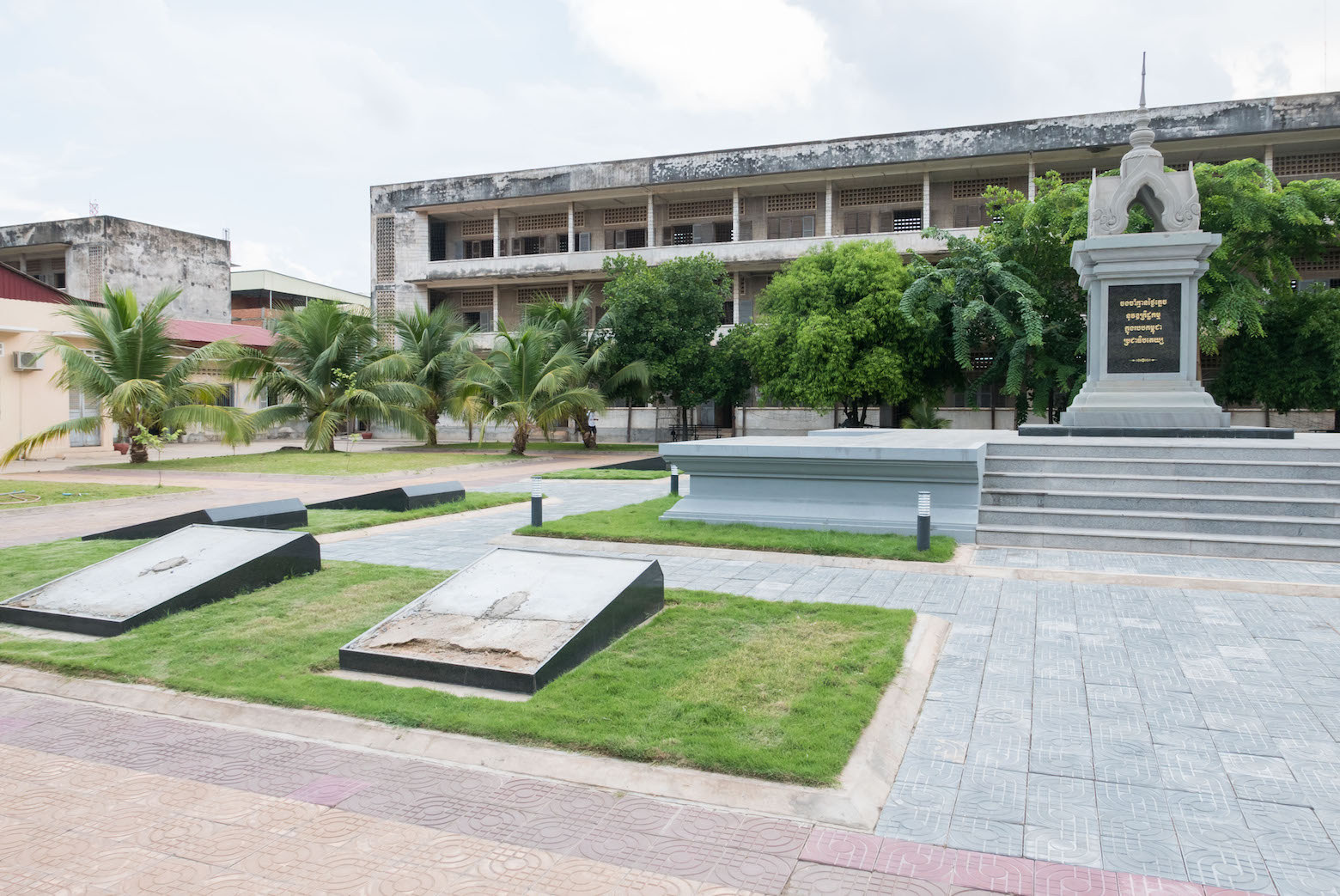
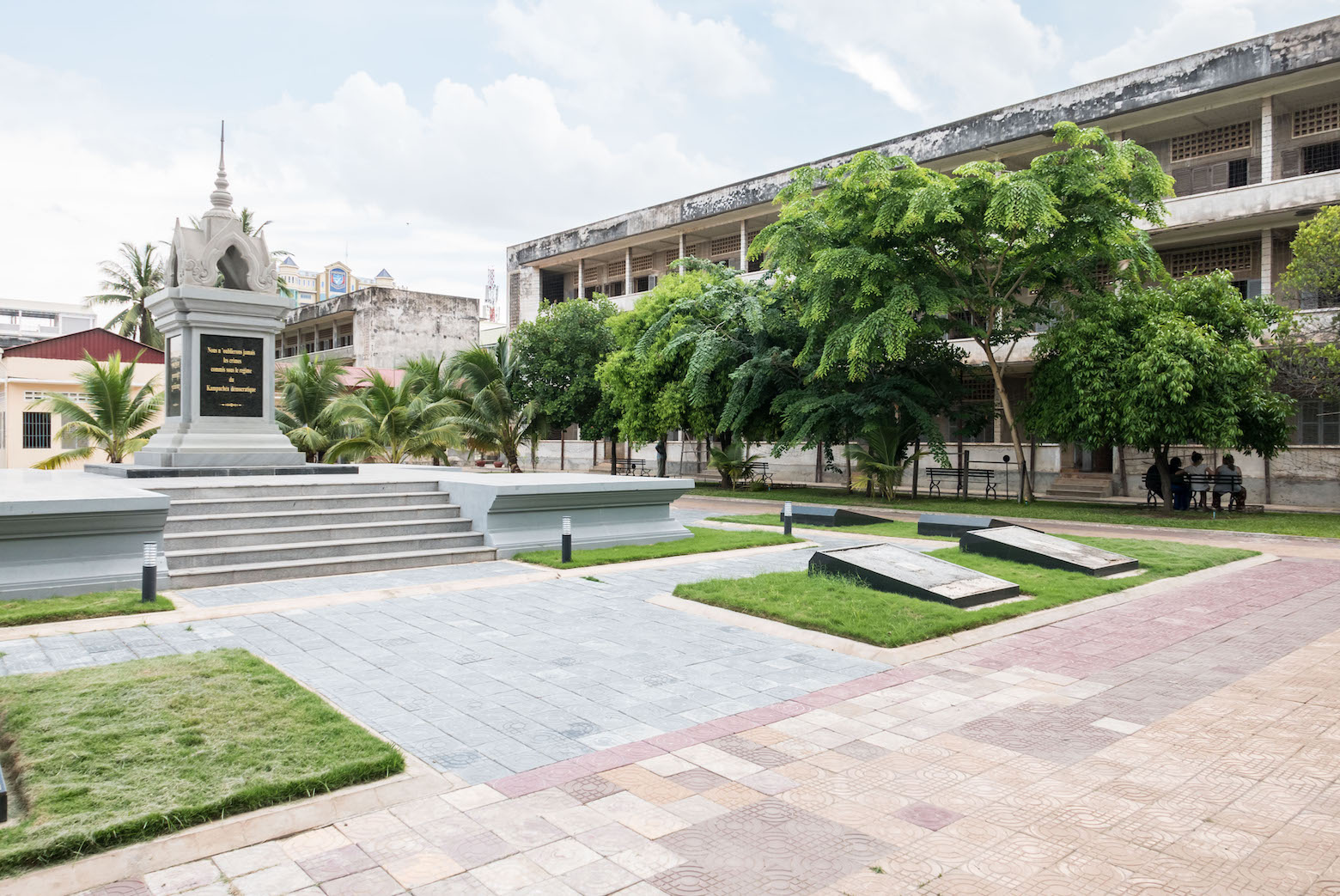
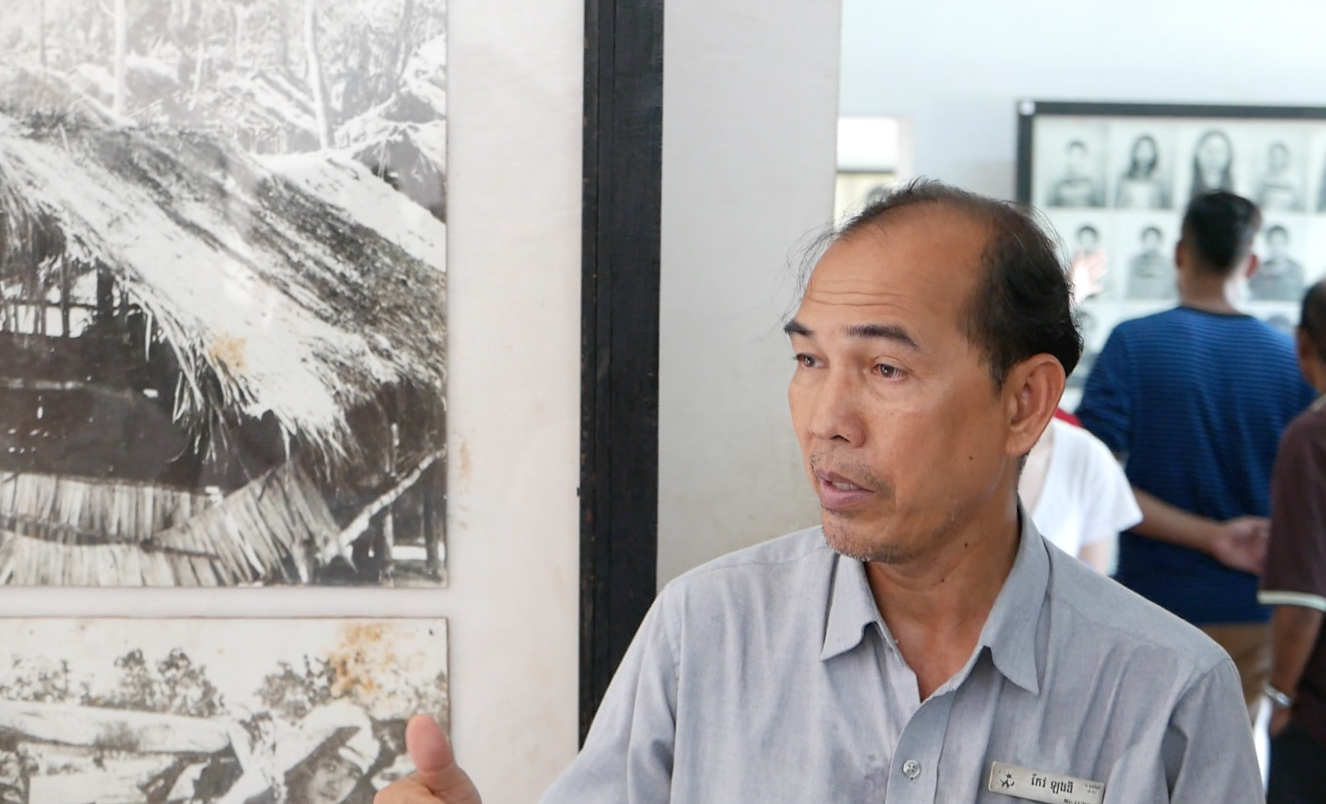
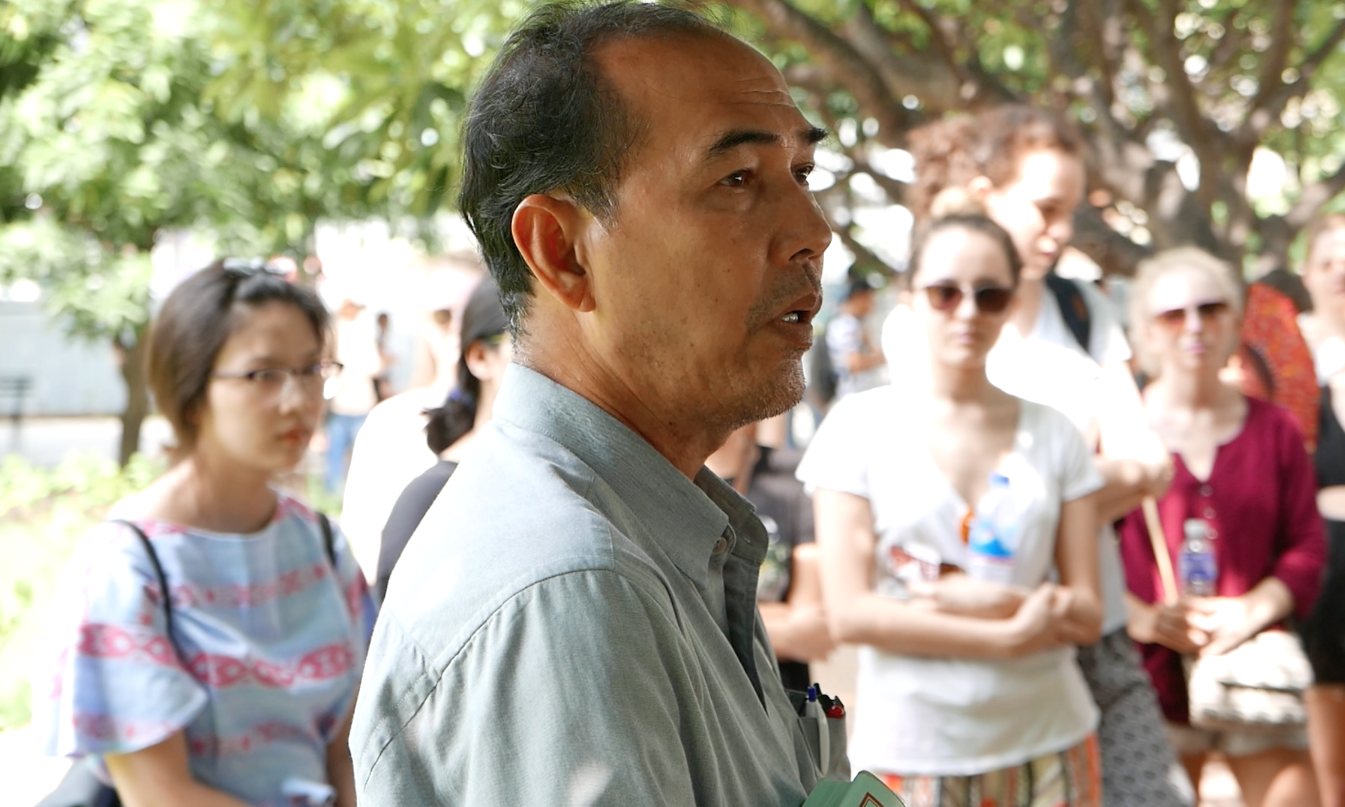
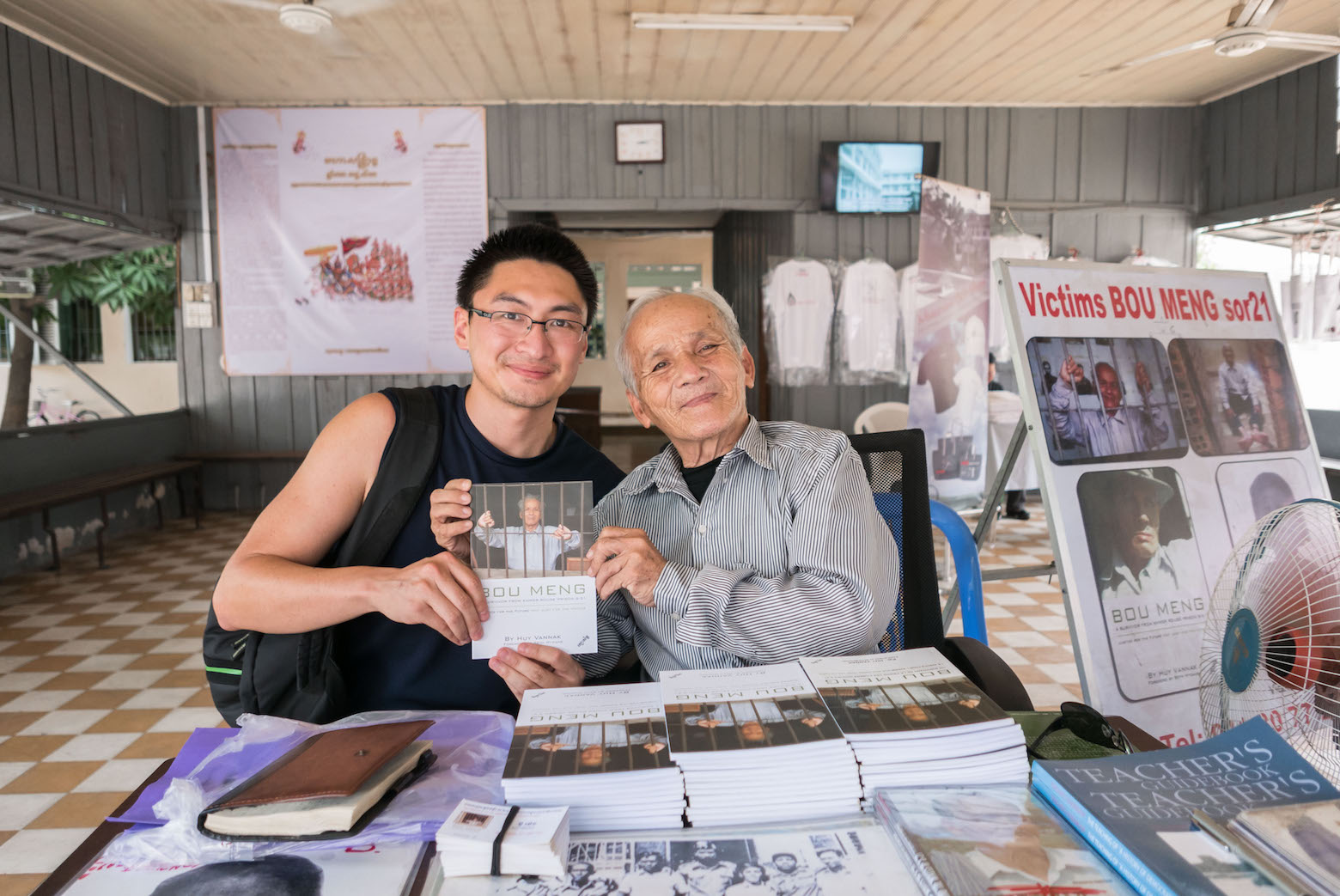
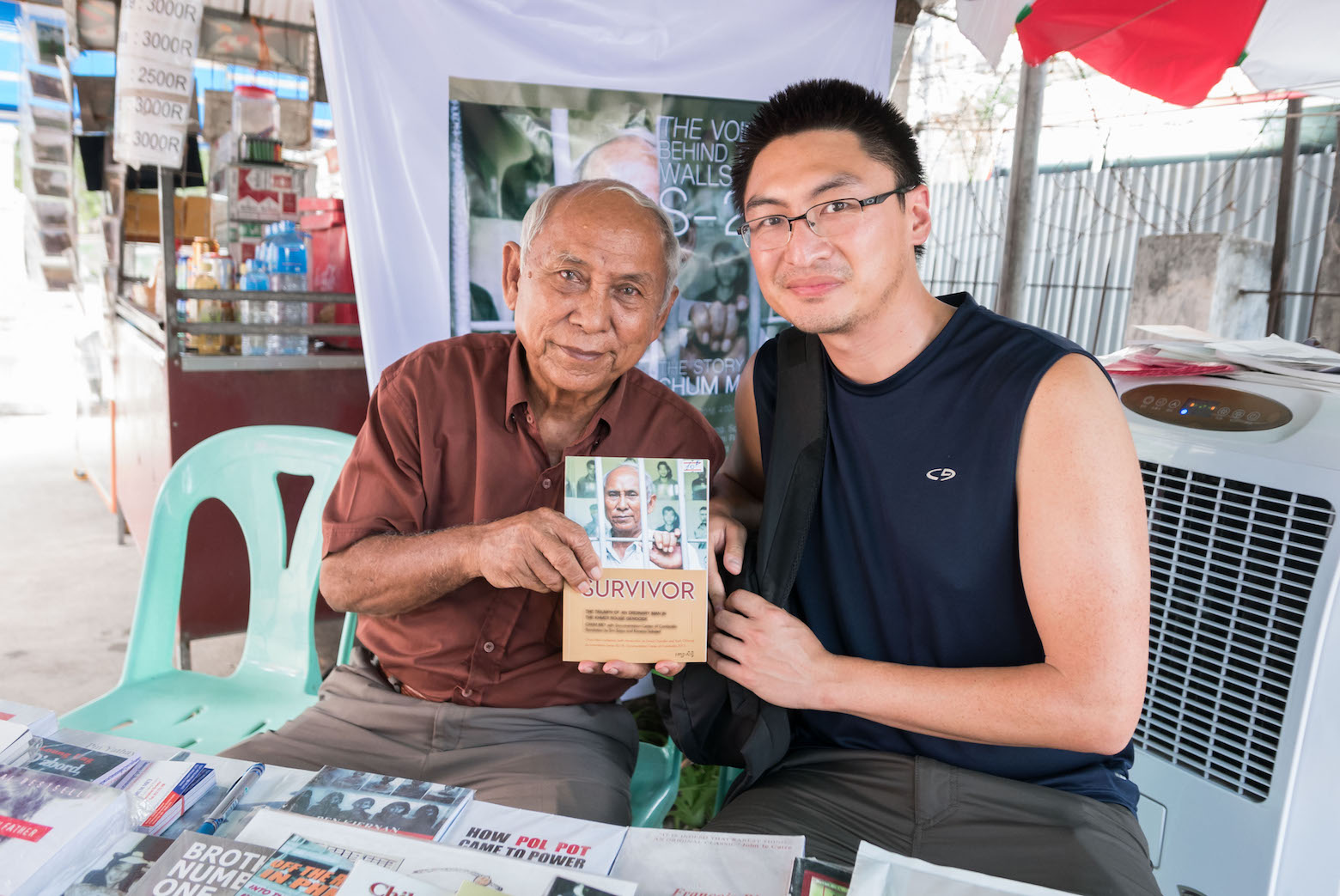
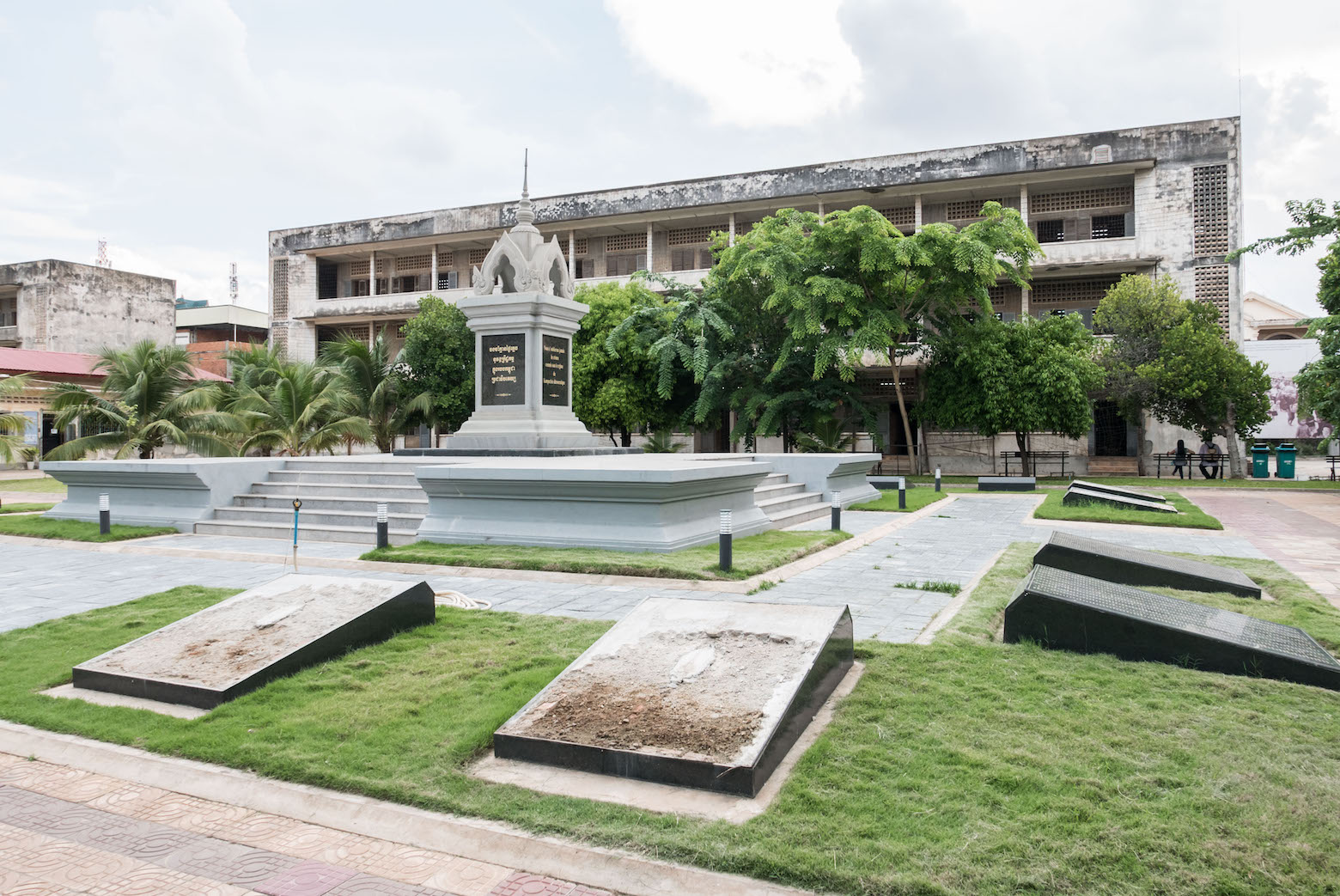
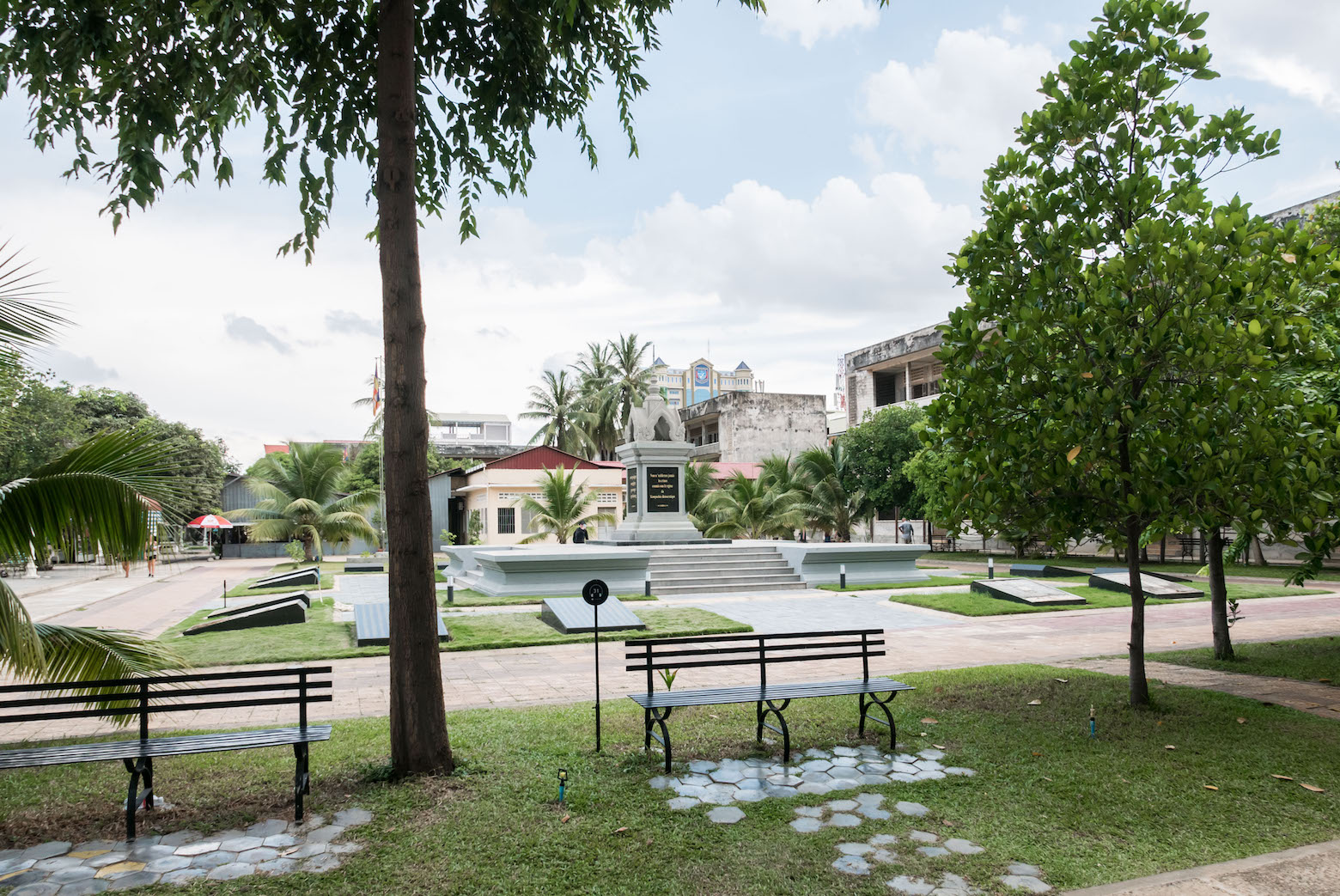
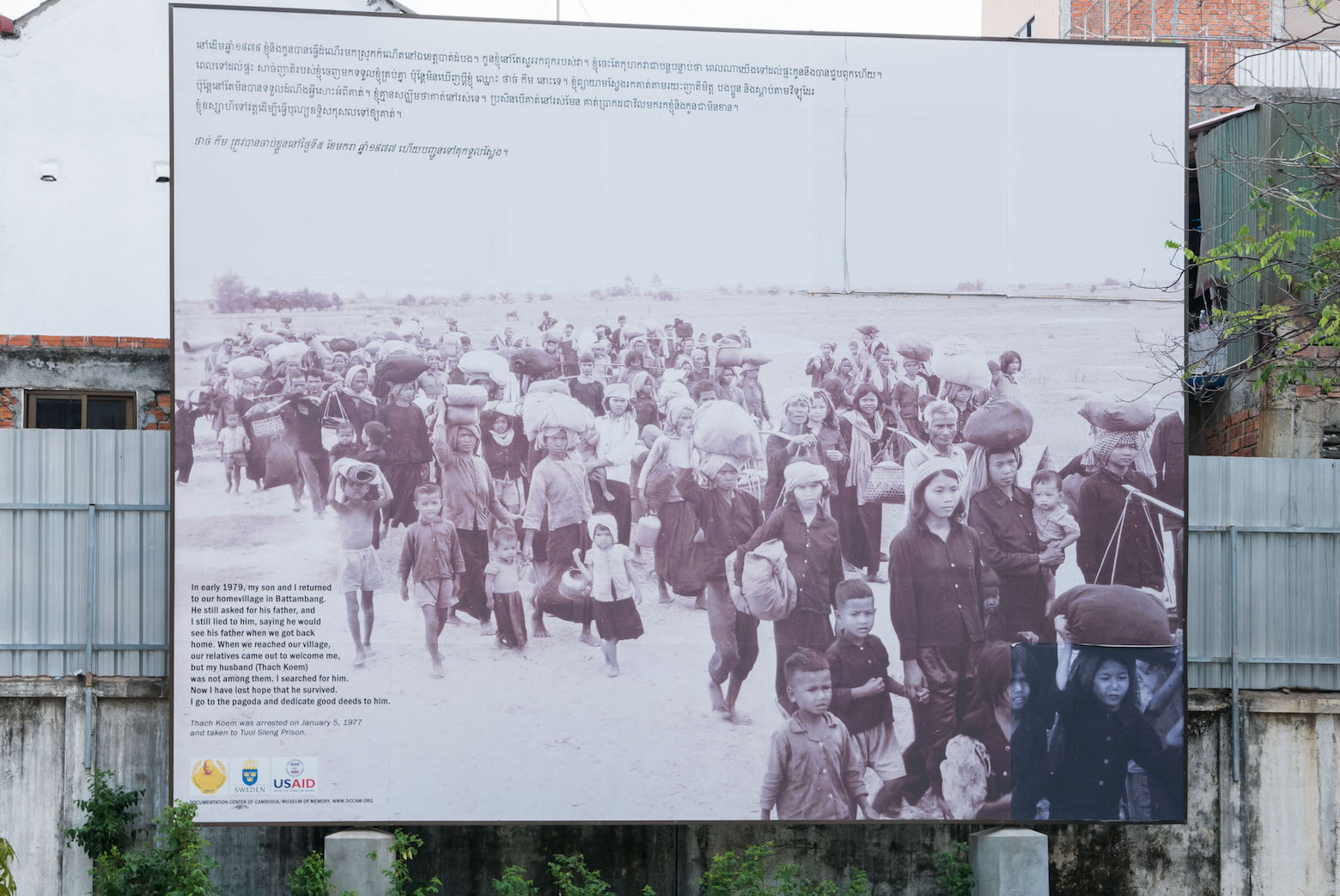
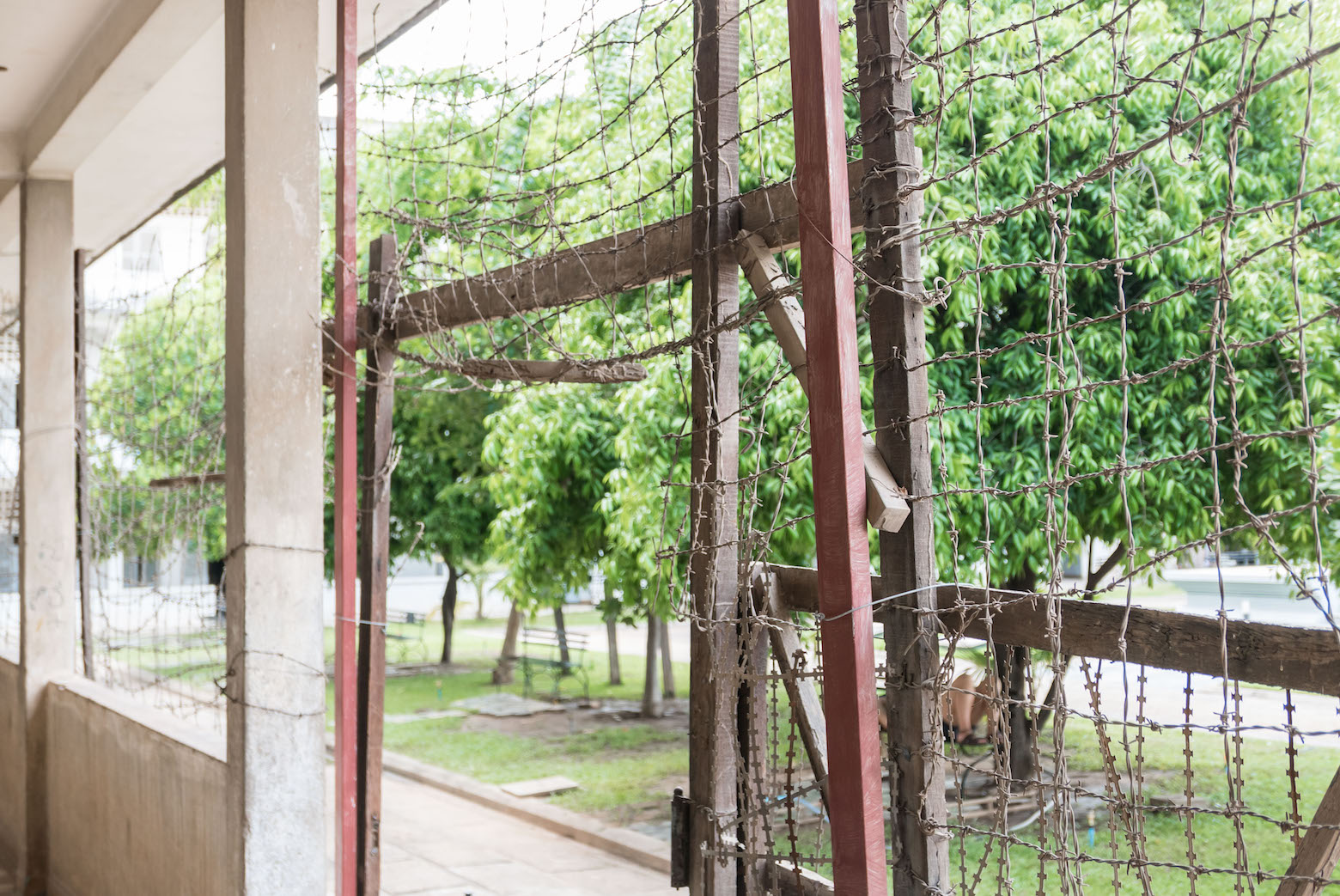
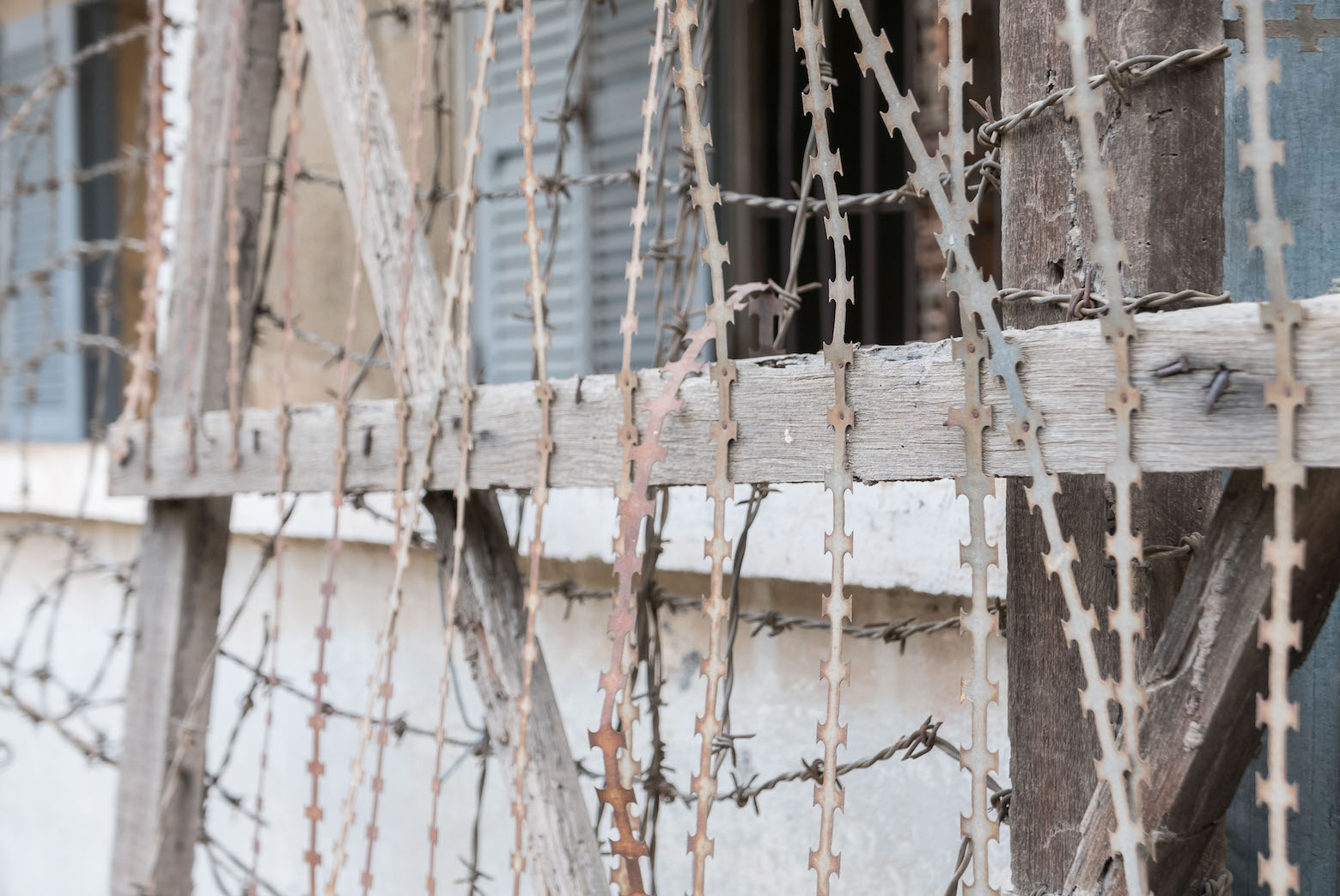
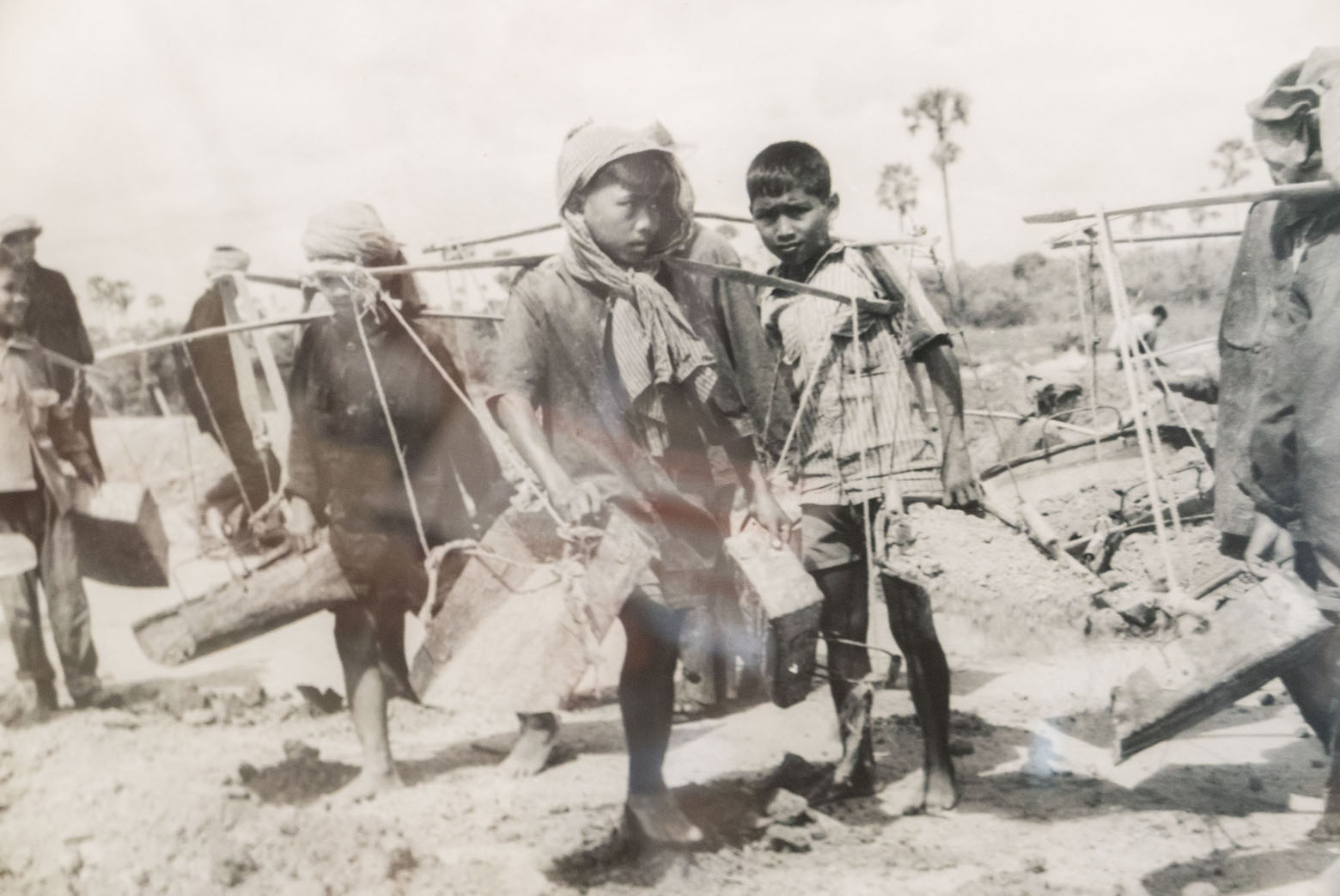
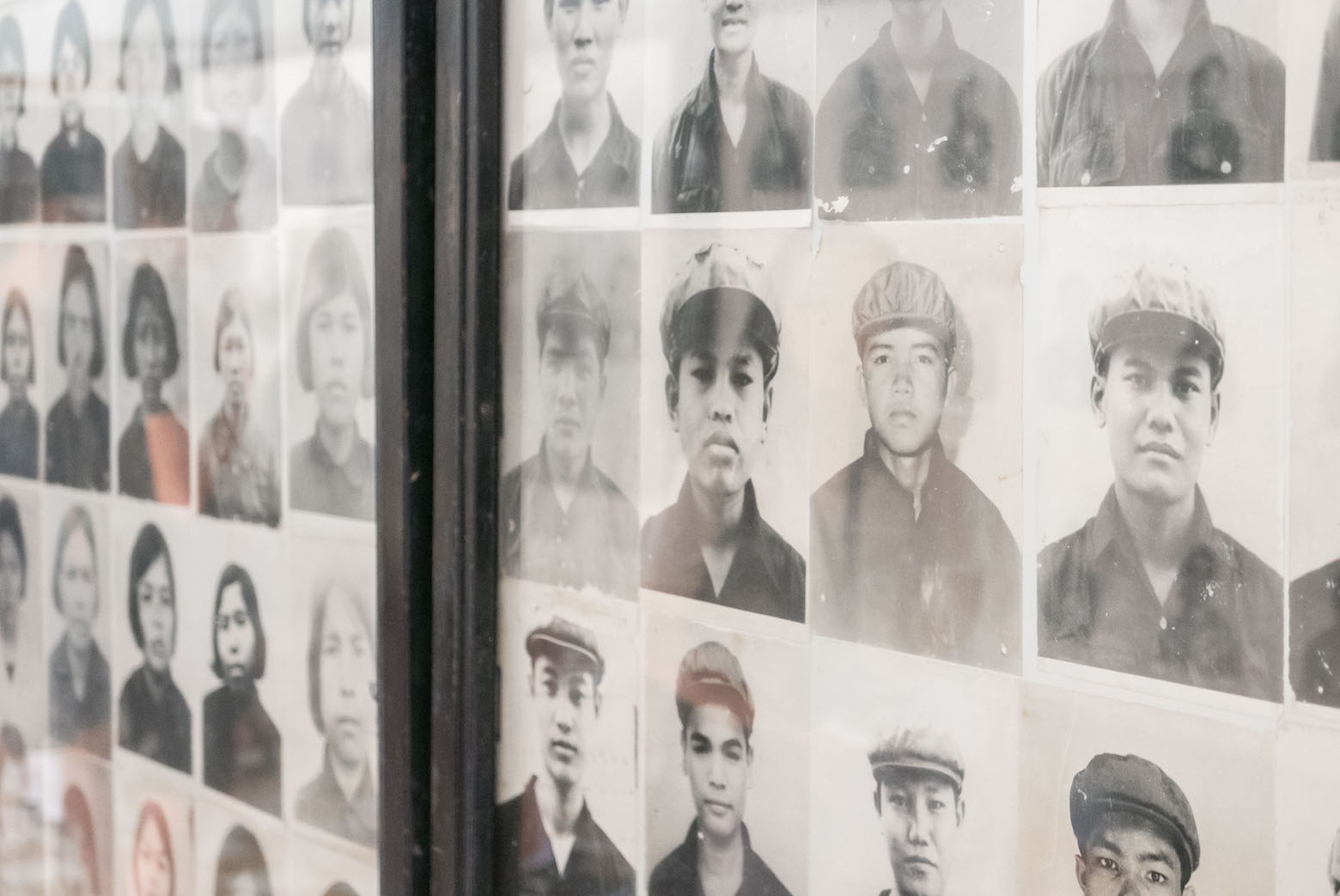
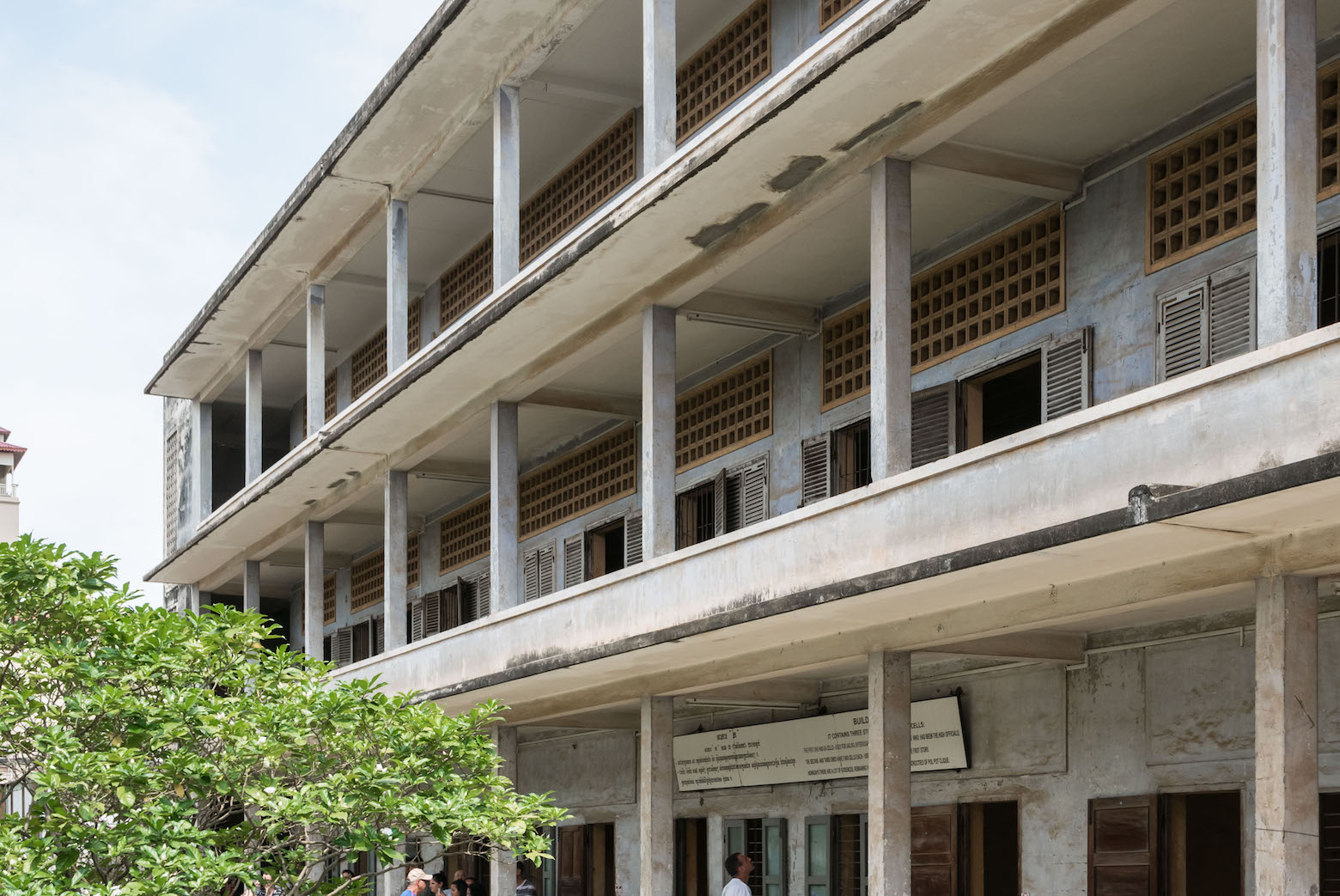
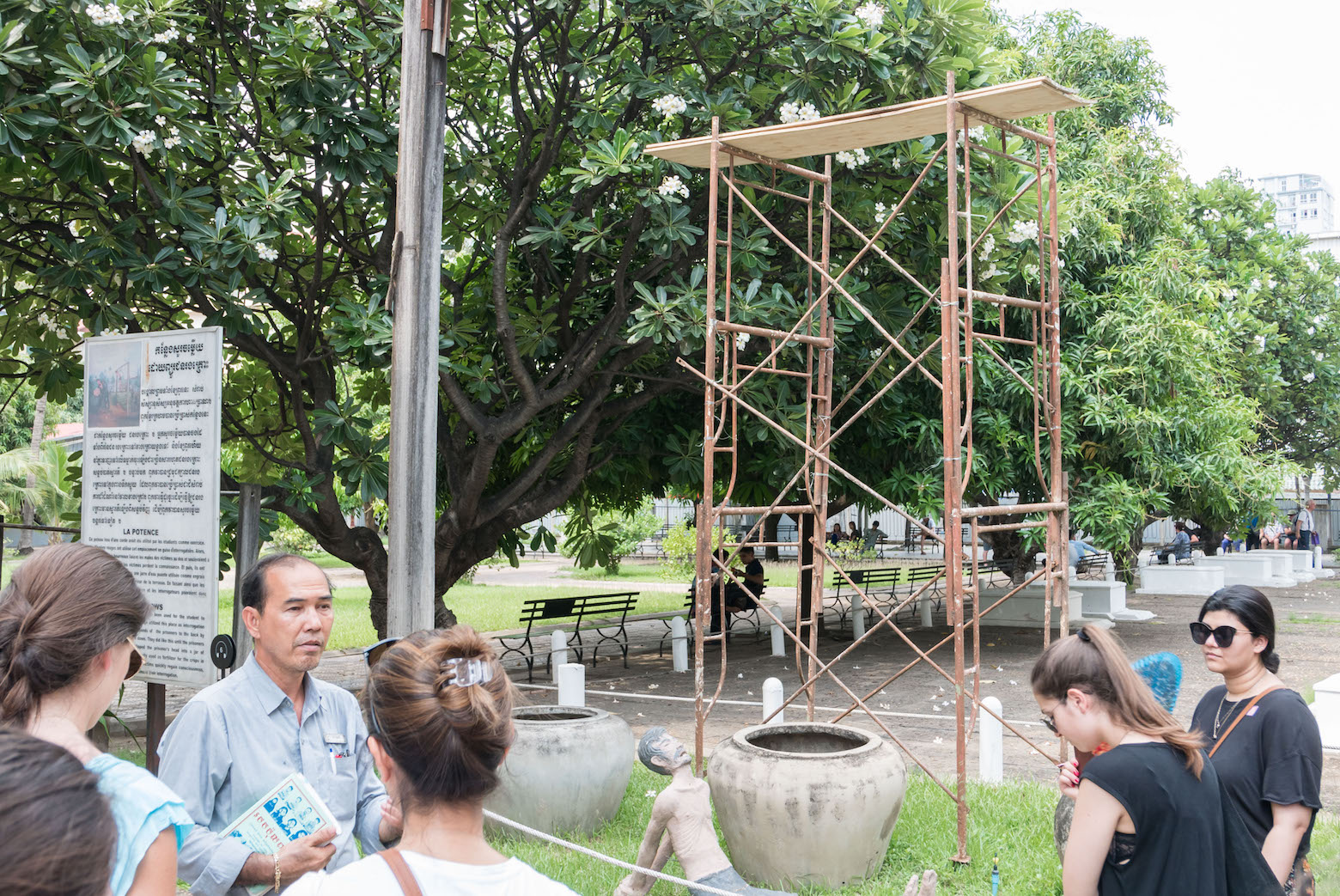
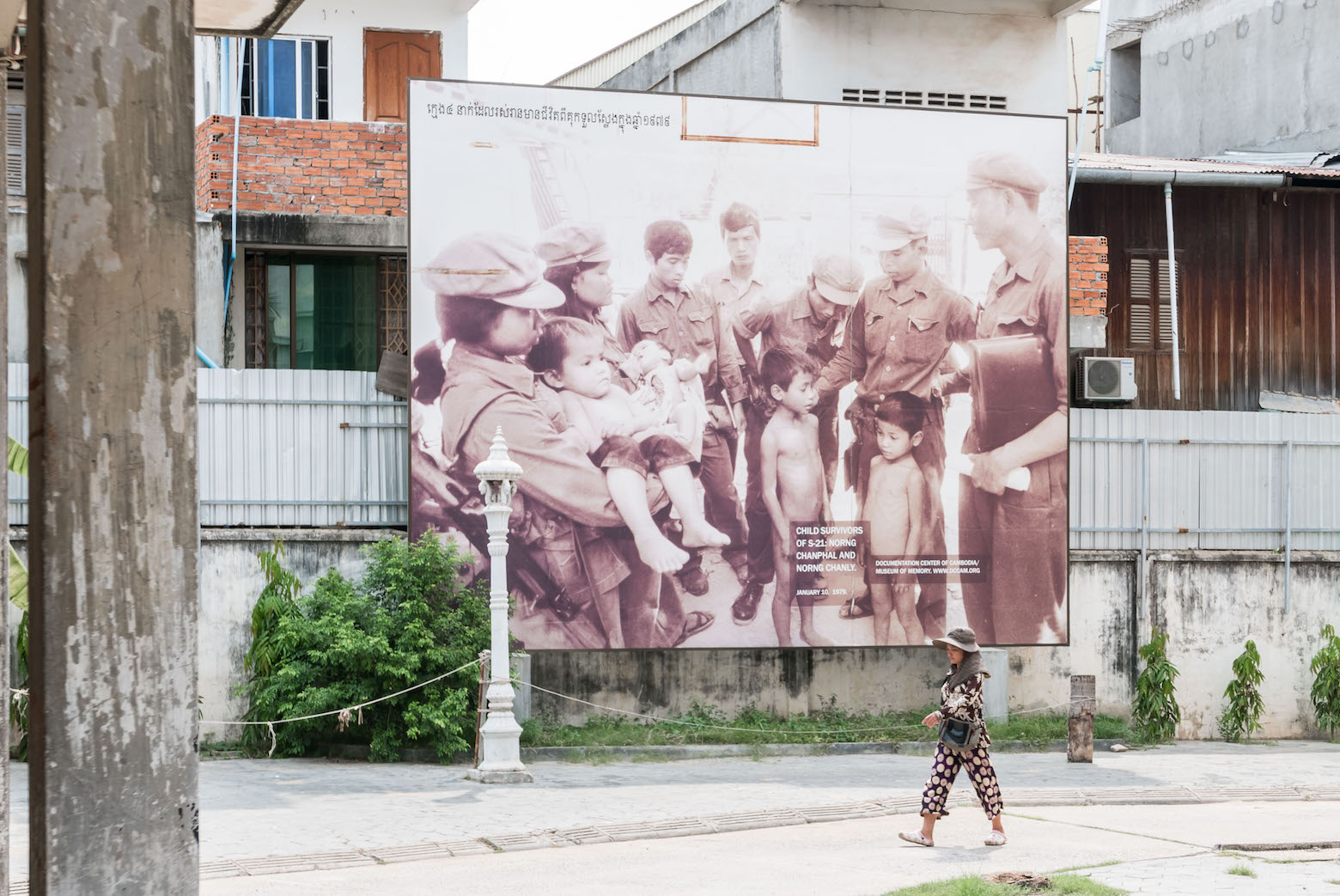
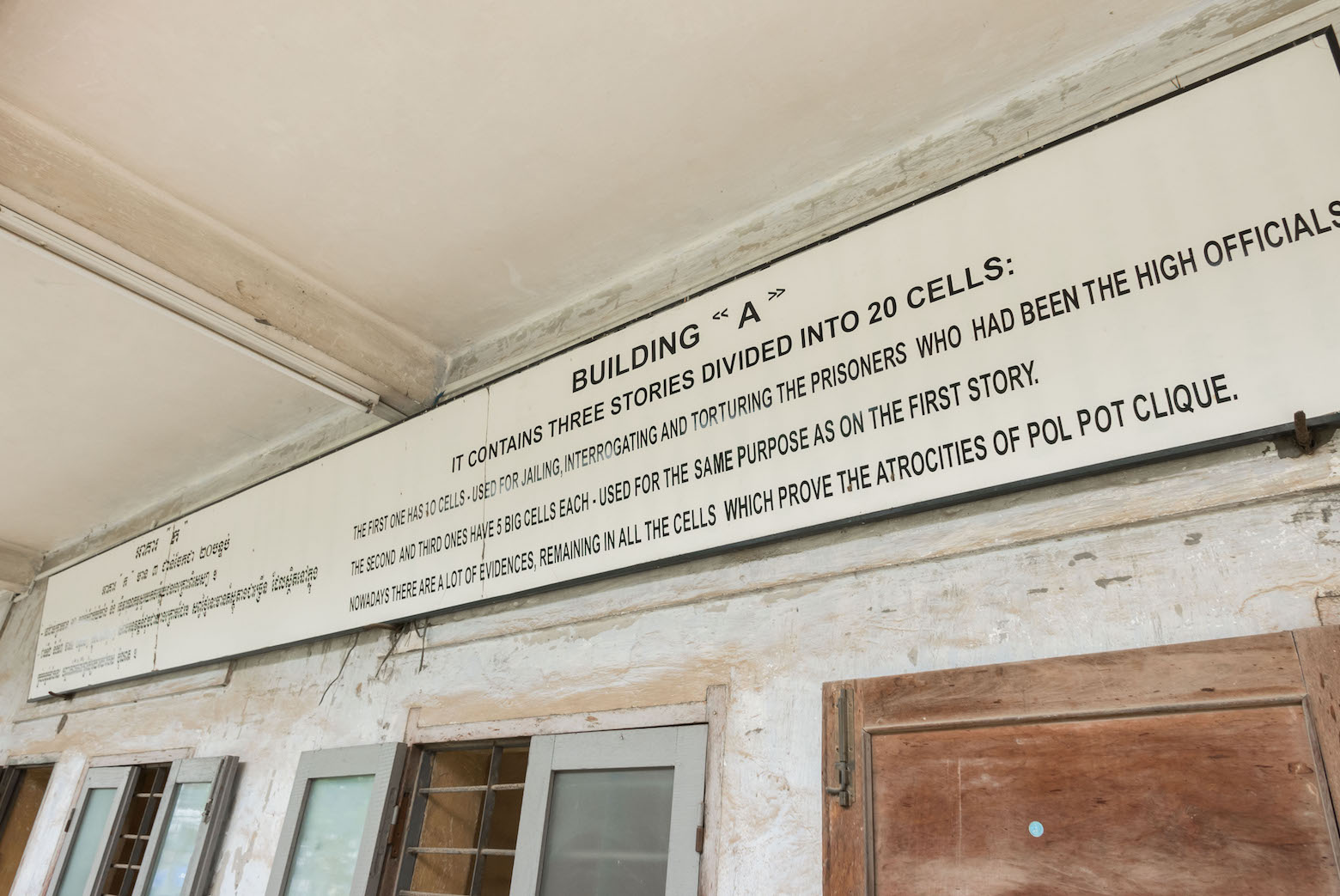
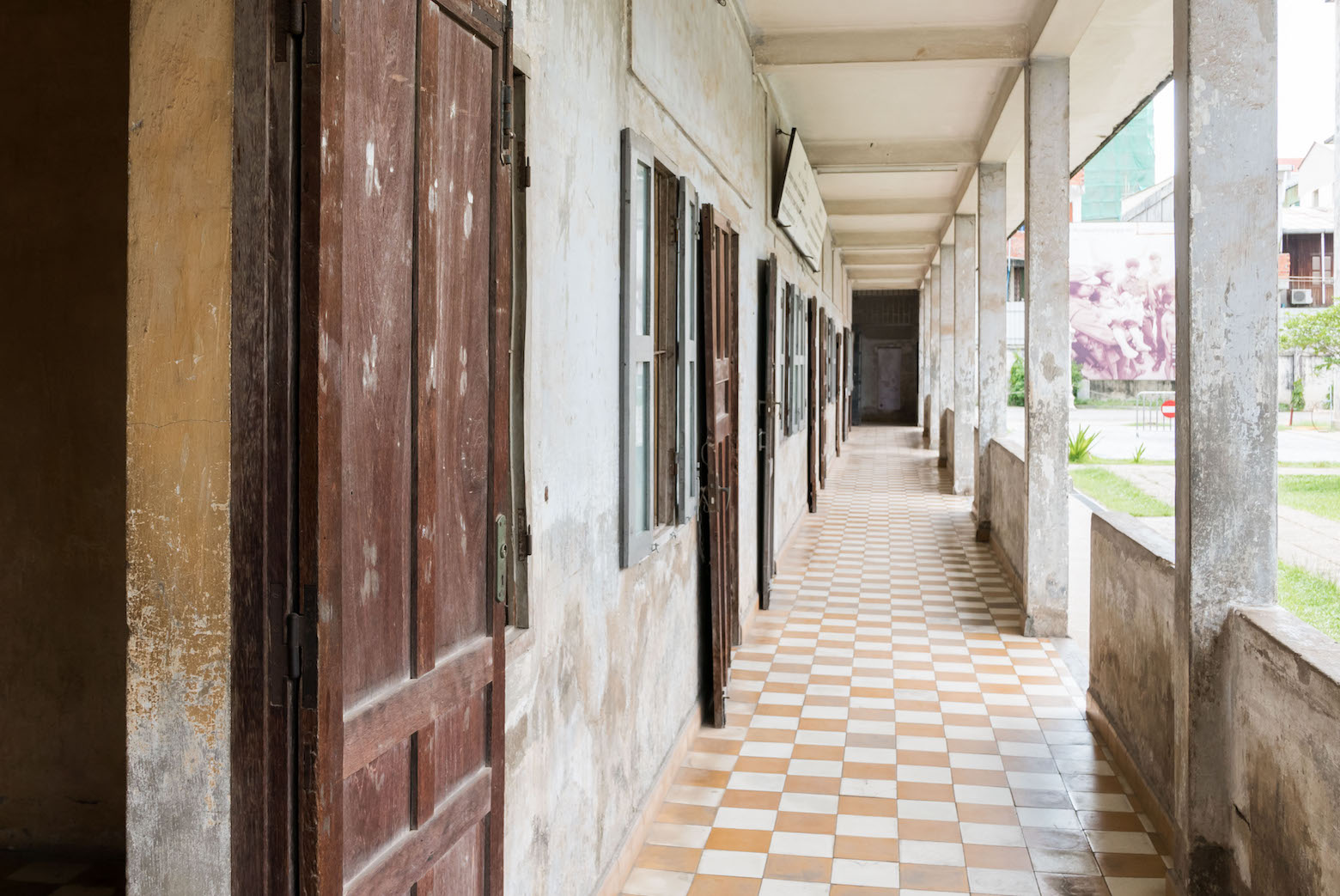
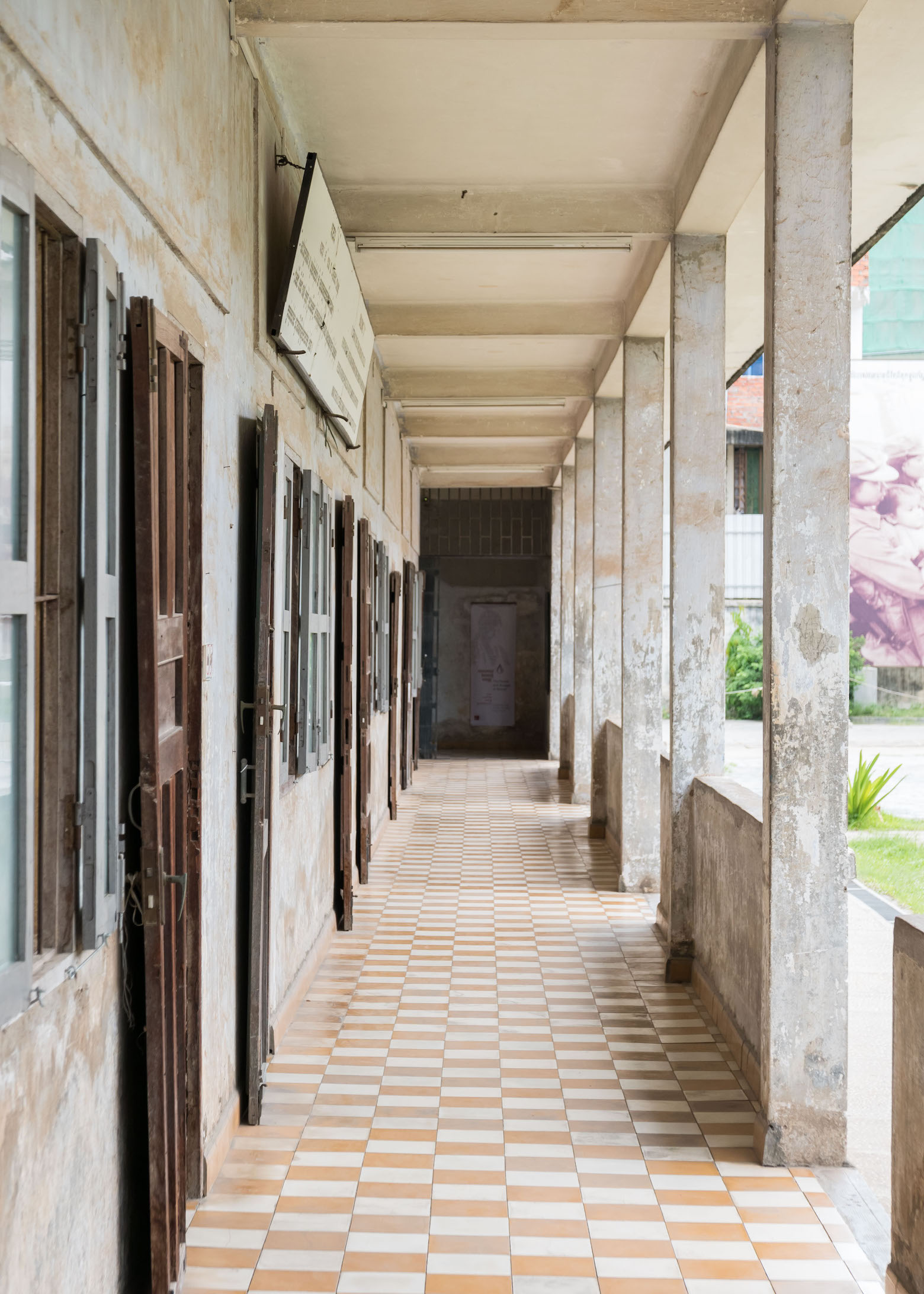
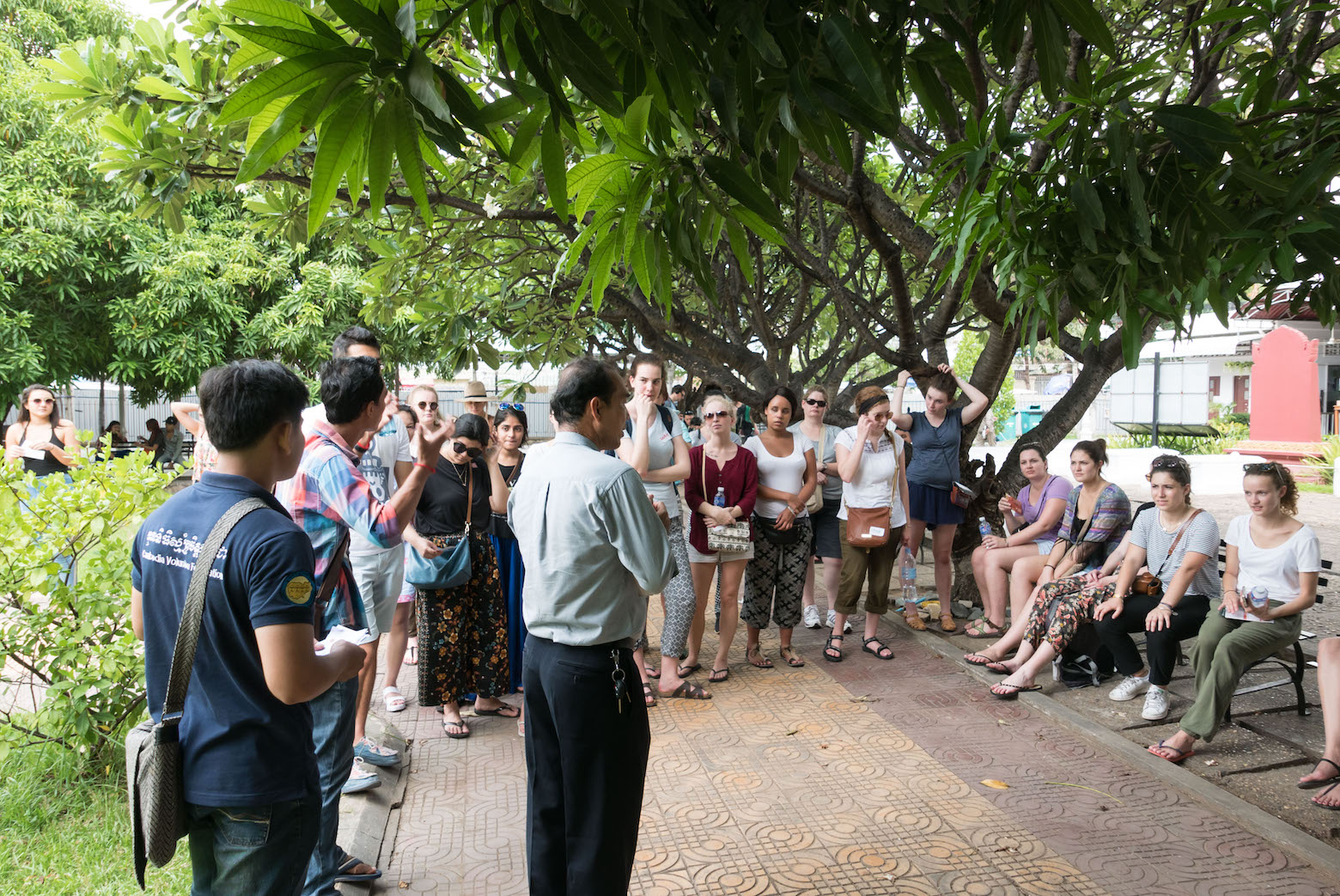
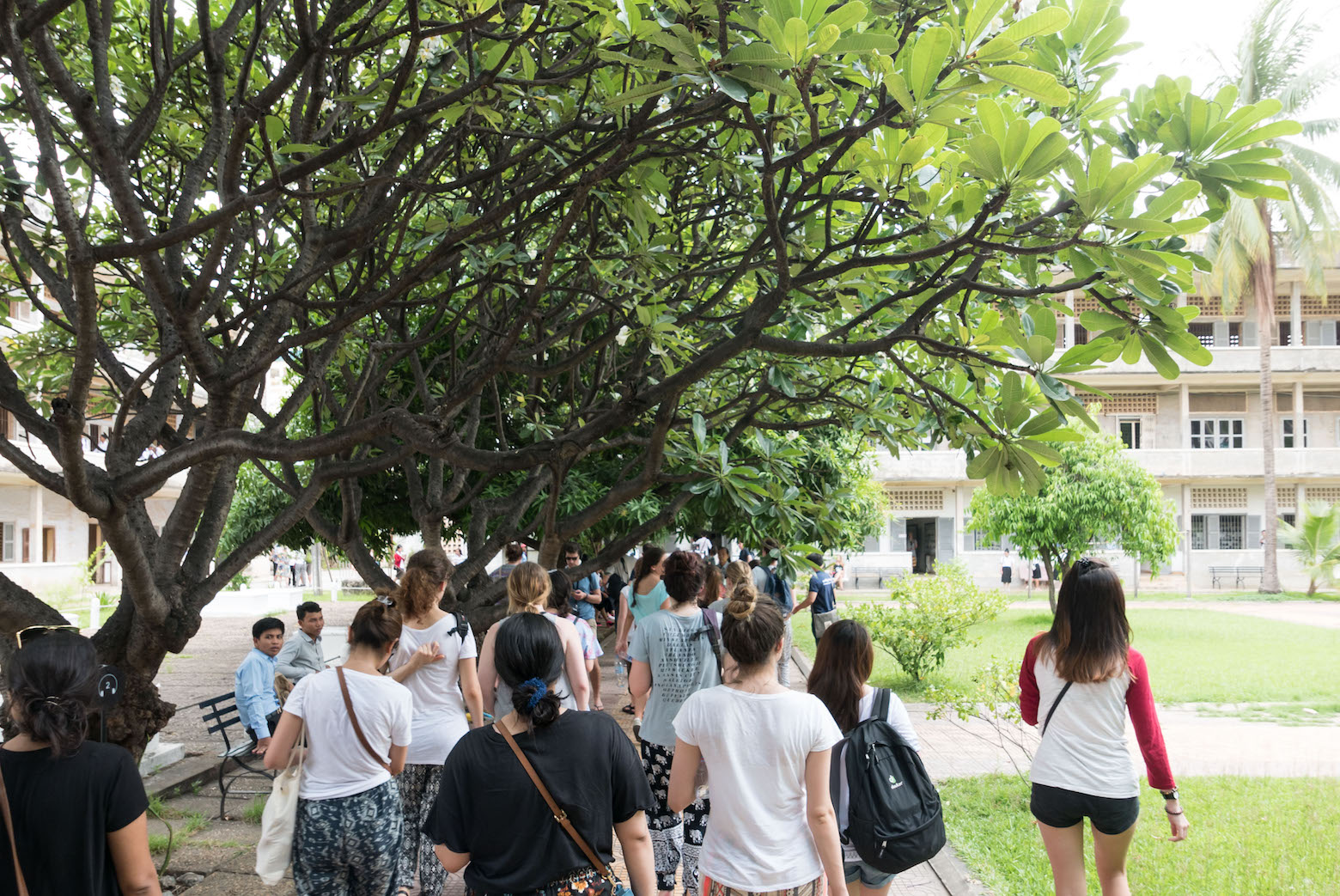

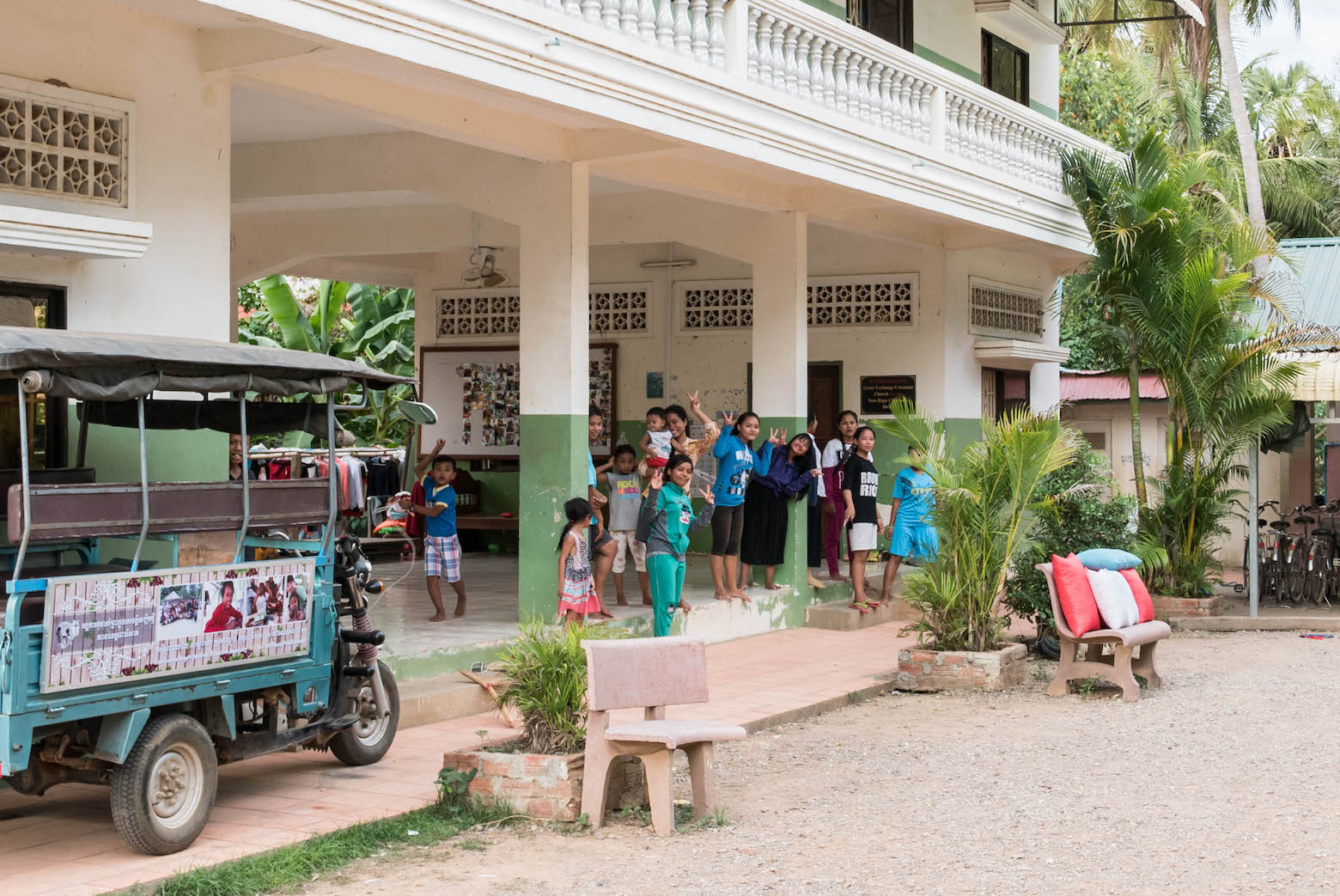




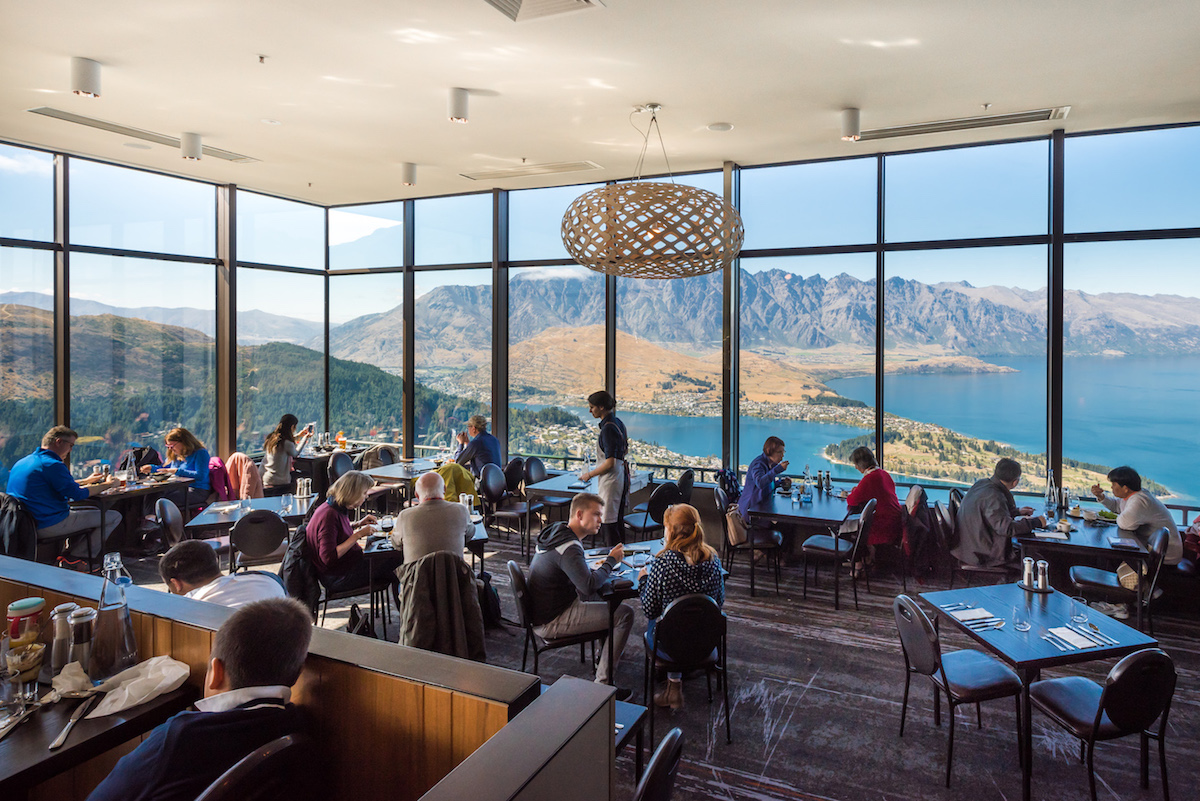


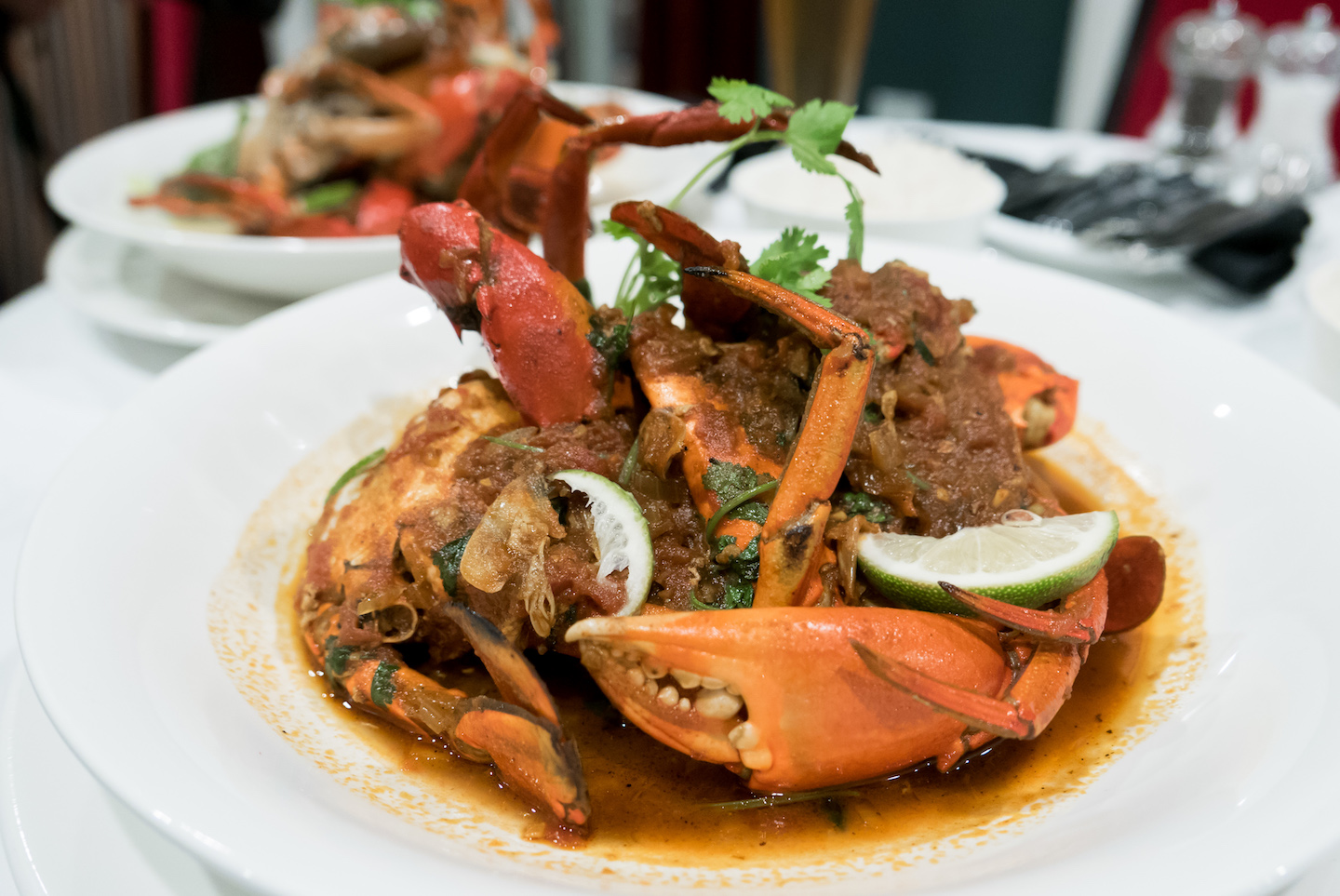
16 comments
Wow! This post is very eye opening and also very sad! Your photos that you have taken are so clear and really show what it must’ve been like for those poor people! Thanks for sharing your experience!
I felt the same way when I was in Cambodia and heard about the sad past. It just made me feel how can people be so nasty to each other. Such events increase my respect for the locals … how they try to progress, despite such a gruesome past.
Yeah, it’s truly tragic. Fear can do so many terrible things. It really makes me want to do more
that’s totally a different image of cambodia I got to know through your great article… the image gallery you’ve created are so explanatory..
This post is so sad. It is terrible to think that human beings can do things like this to each other. Let’s hope that nothing like this will ever happen again in the future.
Such a beautiful and important post. There’s so much cruelty that has happened around the world over centuries that it’s essential we talk and bring to light each and every one of them and having or visiting the museum isn’t enough but writing about it as you did is equally important. I’m glad you got to meet two of the last three remaining survivors and can imagine it to be a heartening experience.
Sometimes we forget that this cruelty and inhumanity exists, especially when we don’t experience it ourselves. This experience really brought me down to earth, that we should not only be appreciative of what we have but also help those that are vulnerable.
7 survived from 17,000! That’s a terrible story, no wonder the guys look so scared in the pictures! Did you see any blood anywhere?
Yes, there was remnants of blood in the prison cells.
When you read such stuffs, it makes you wonder how could such cruelty exist. Glad the regime is over and people are trying rebuild the country. Would love to read more about the two survivors, do let me know if any books are available on Amazon
While the genocide is over, unfortunately, many people formerly involved in the Khmer Rouge now hold government positions. In some ways, the people feel like they’re going through another Khmer Rouge. There is still a long way to go for recovery.
The biographies of the two survivors are not widely available, but it does appear some copies or digital copies are available on Amazon. You can search their names “Bou Meng” and “Chum Mey” and you’ll find their books.
Cambodia’s tragic recent history is truly sad. It’s tough to visit sites like this when travelling, but its important to get a truer sense of the history and culture of a place. Thats for sharing this eye-opening look into the forces that shaped current day Cambodia.
It is sad but definitely important. It explains just about everything about the country up to today.
Reading your post and looking back on this historical account is chilling. It is truly sad how these events came to be. But at the same time, it is good that places like this exist to be constantly reminded of what happened to countries like Cambodia in the past, rather than let the memories of these victims be buried.
This is really sad. Yet, I am also glad you shared it. History needs to be taught.
Comments are closed.